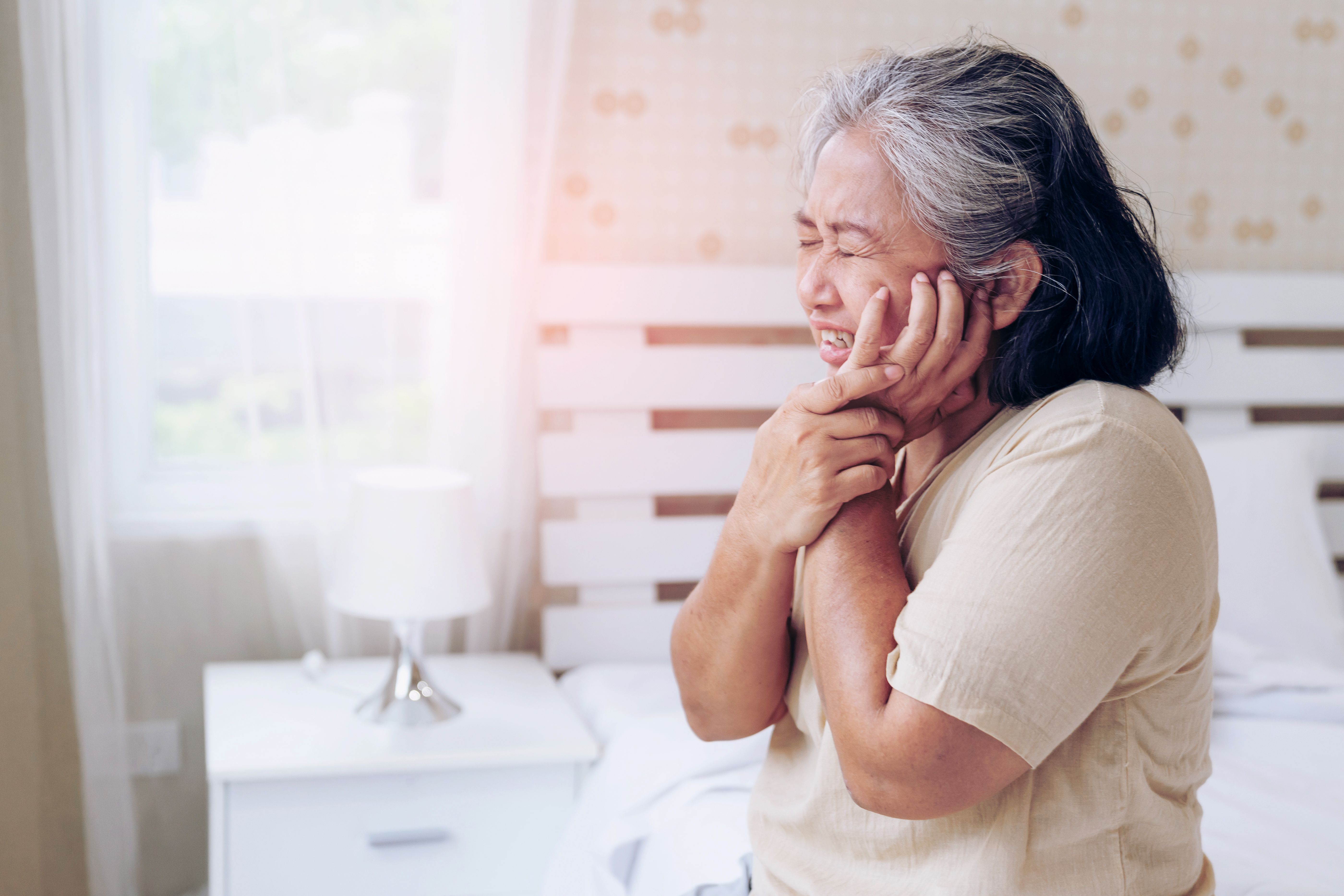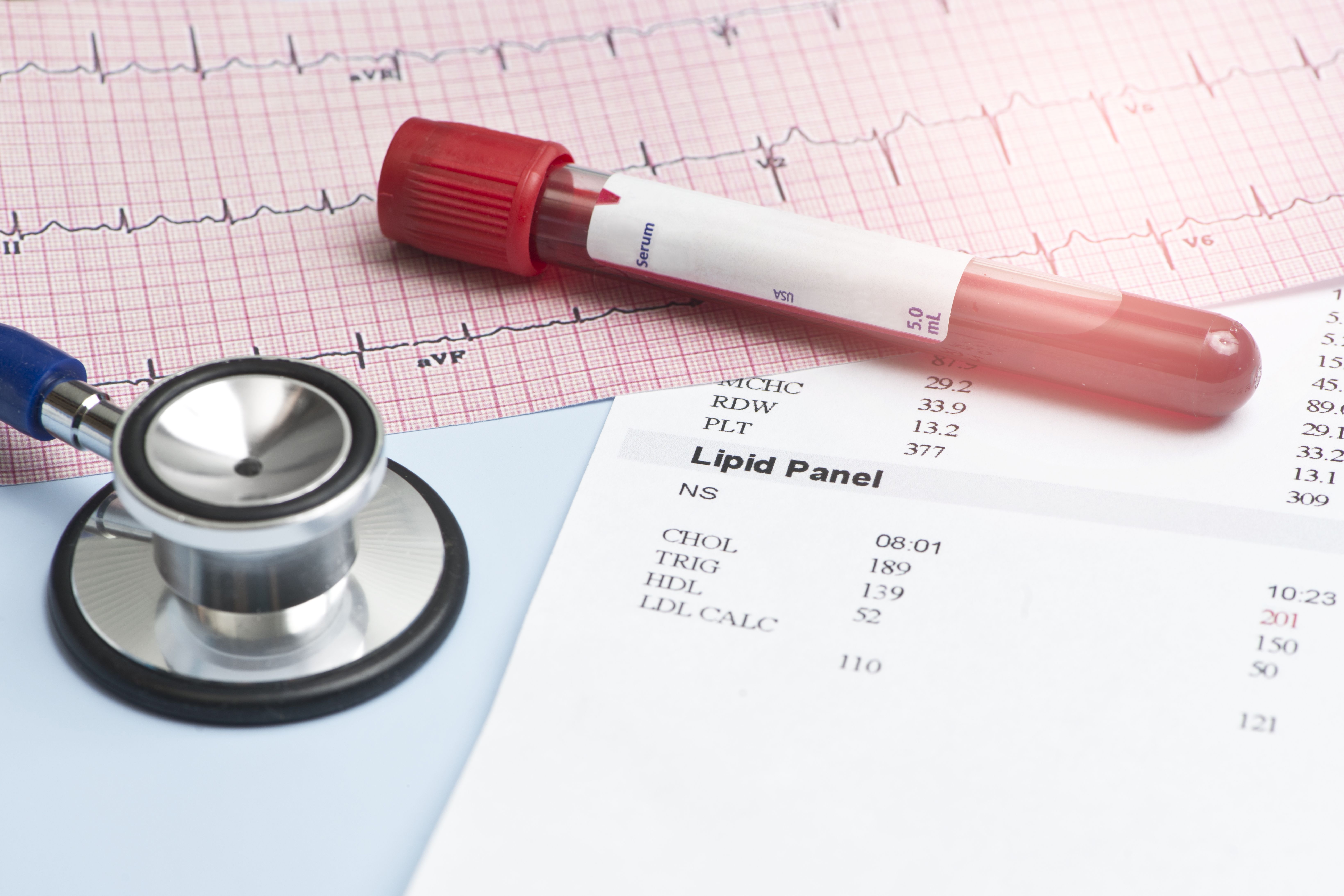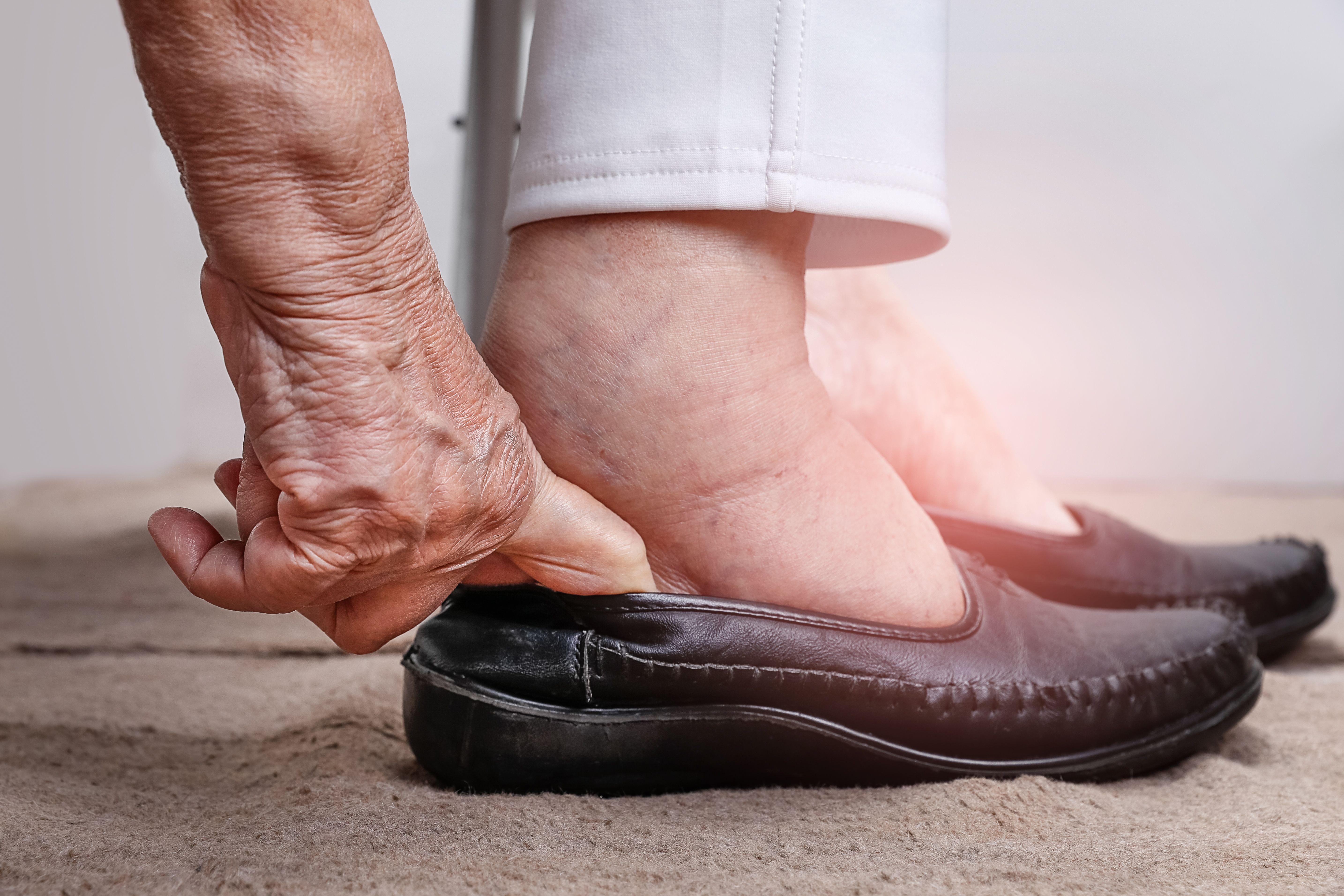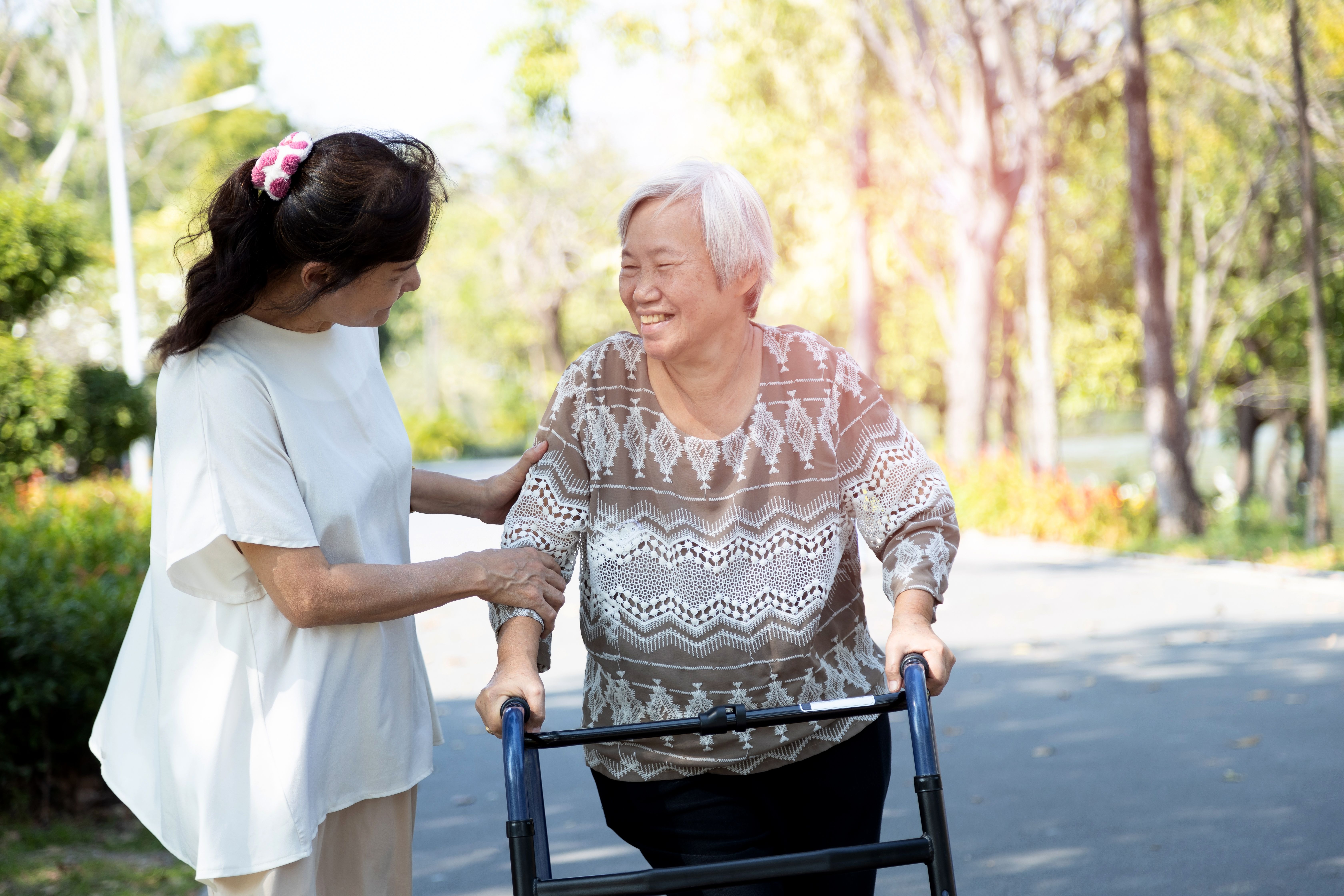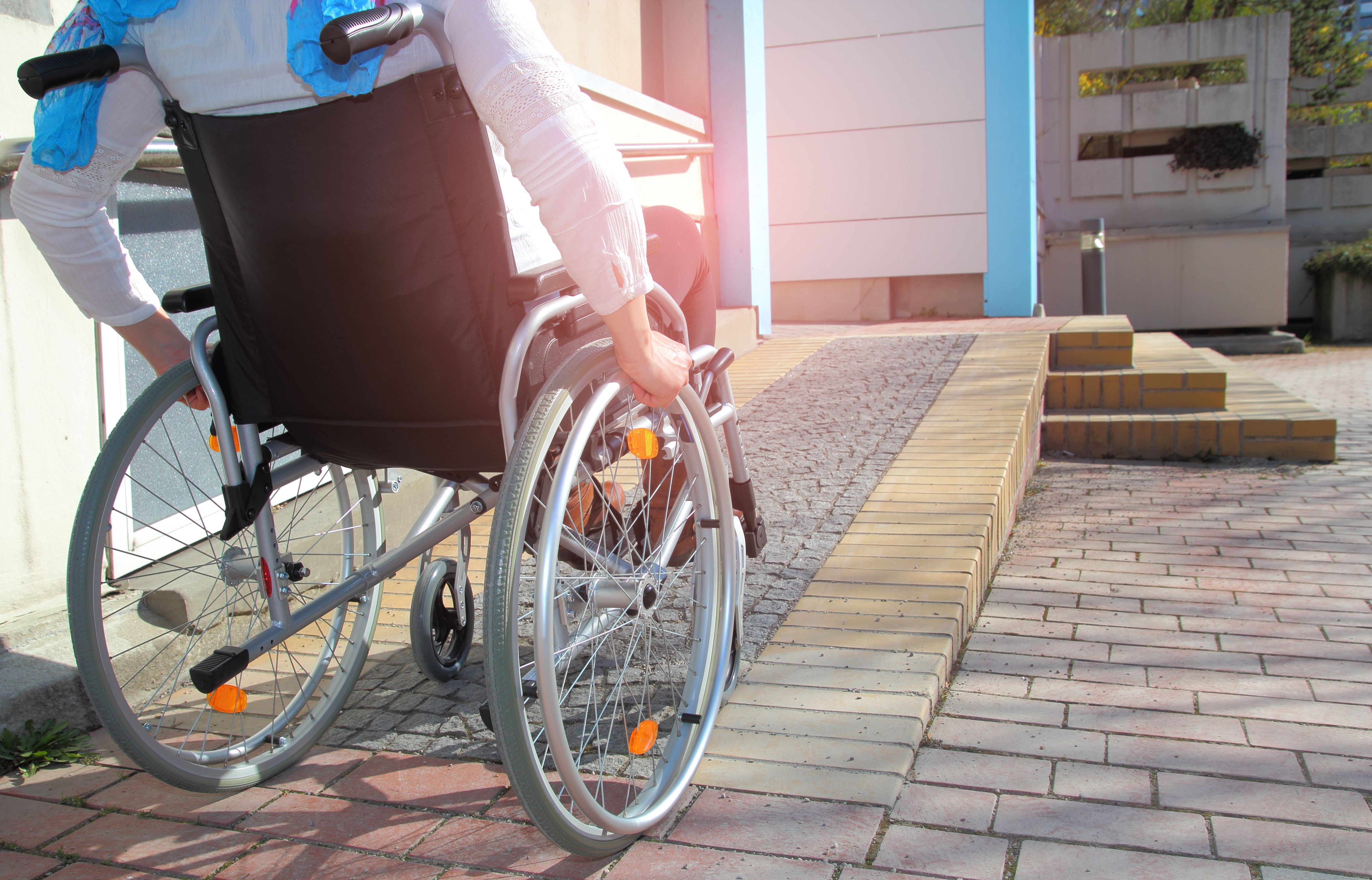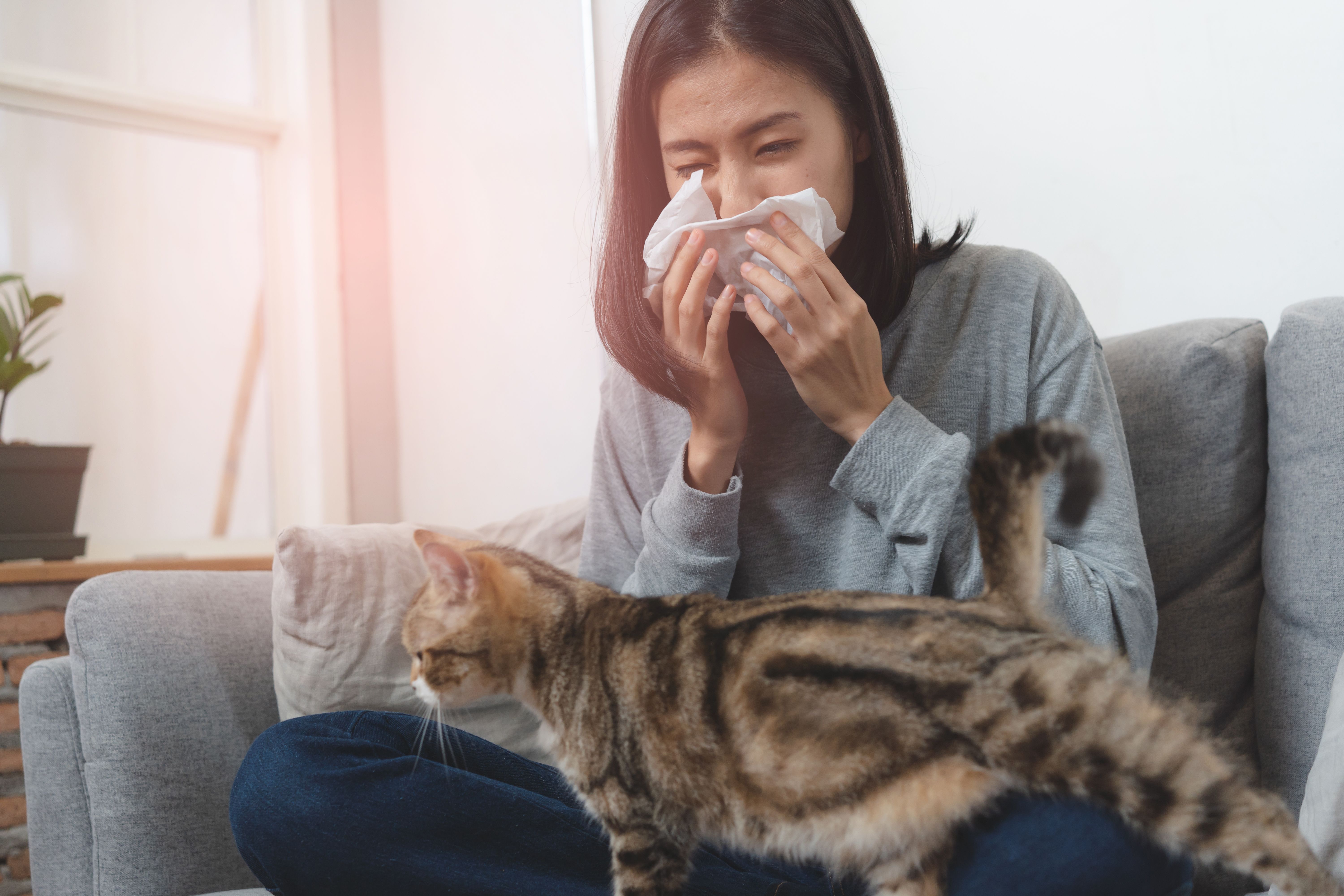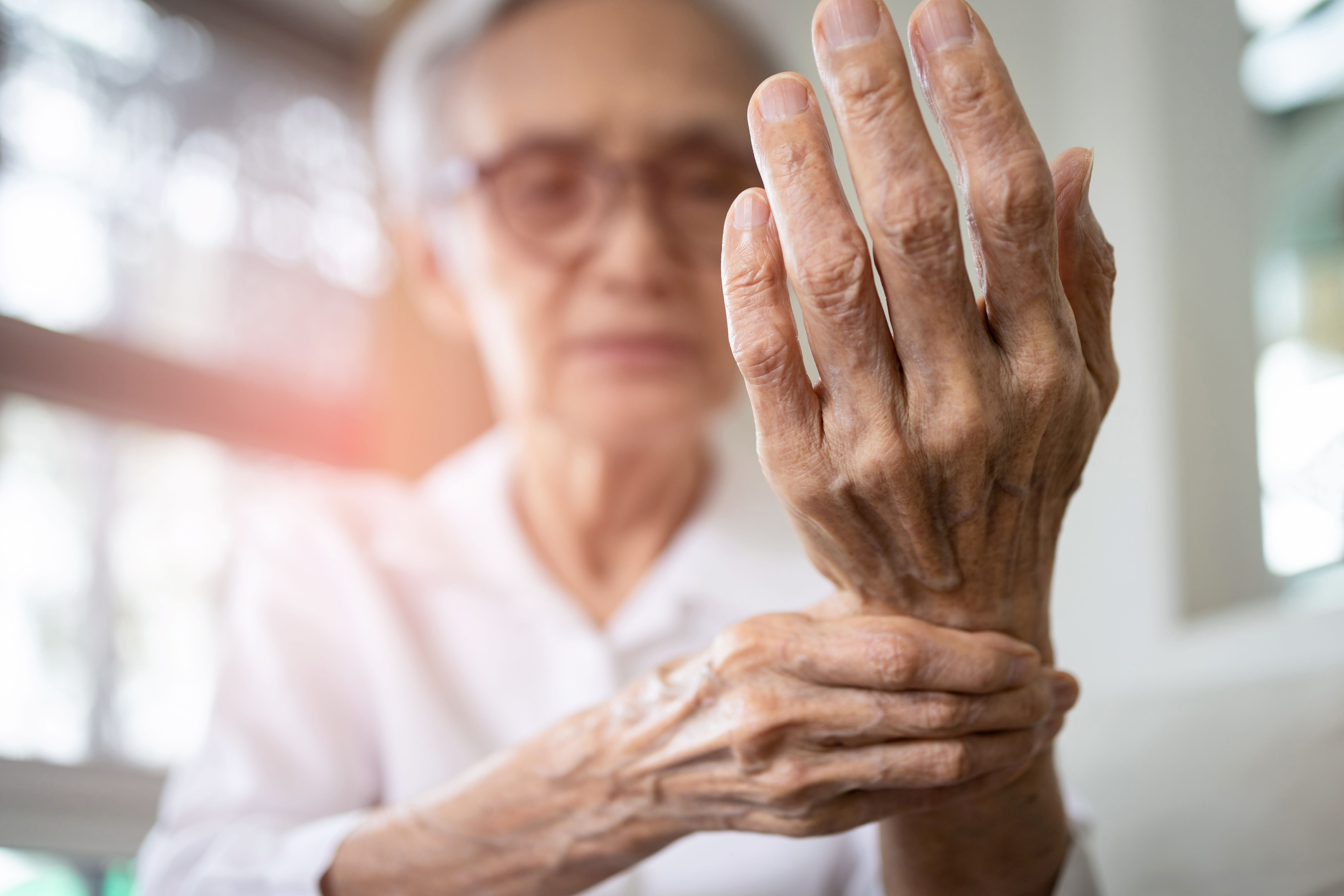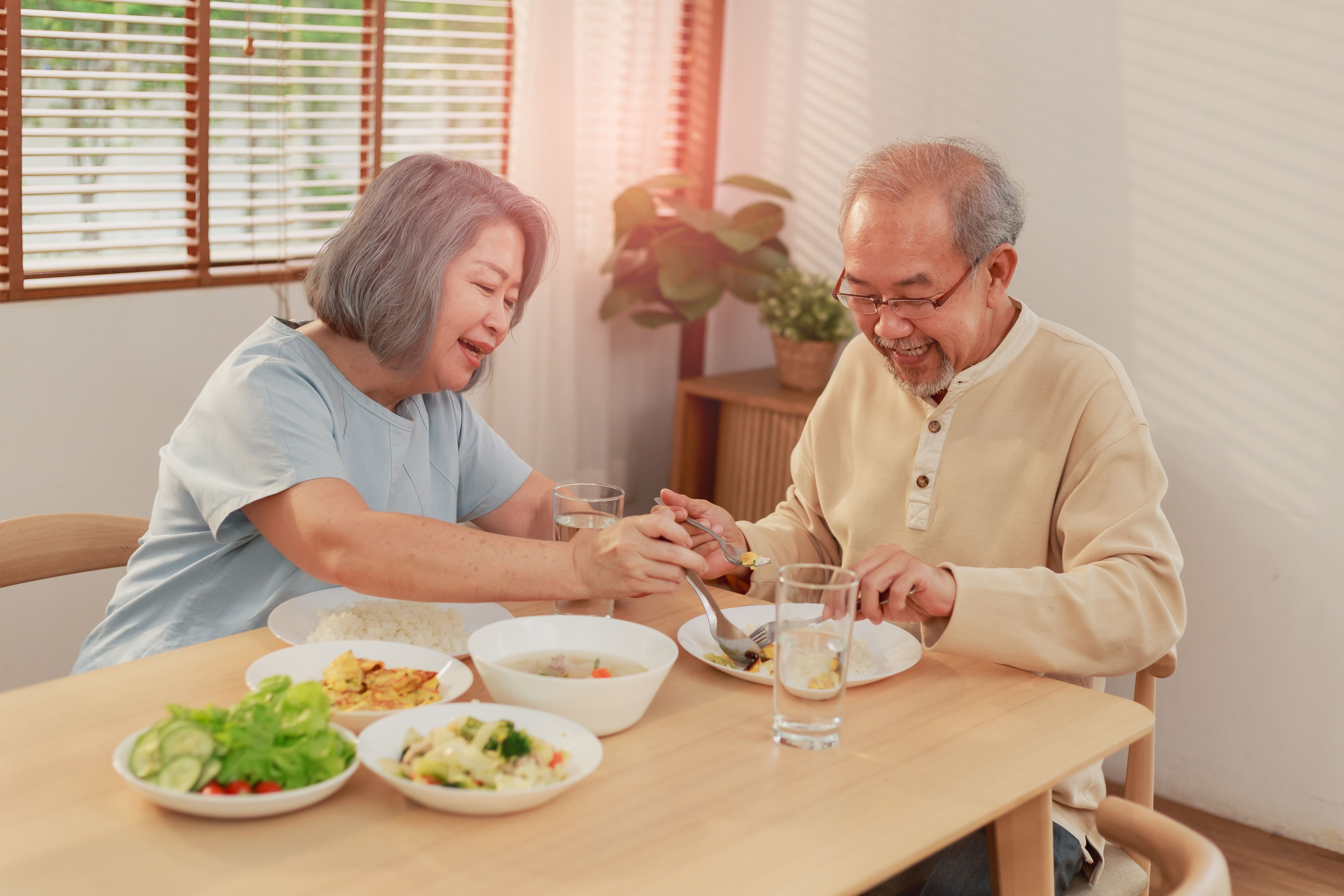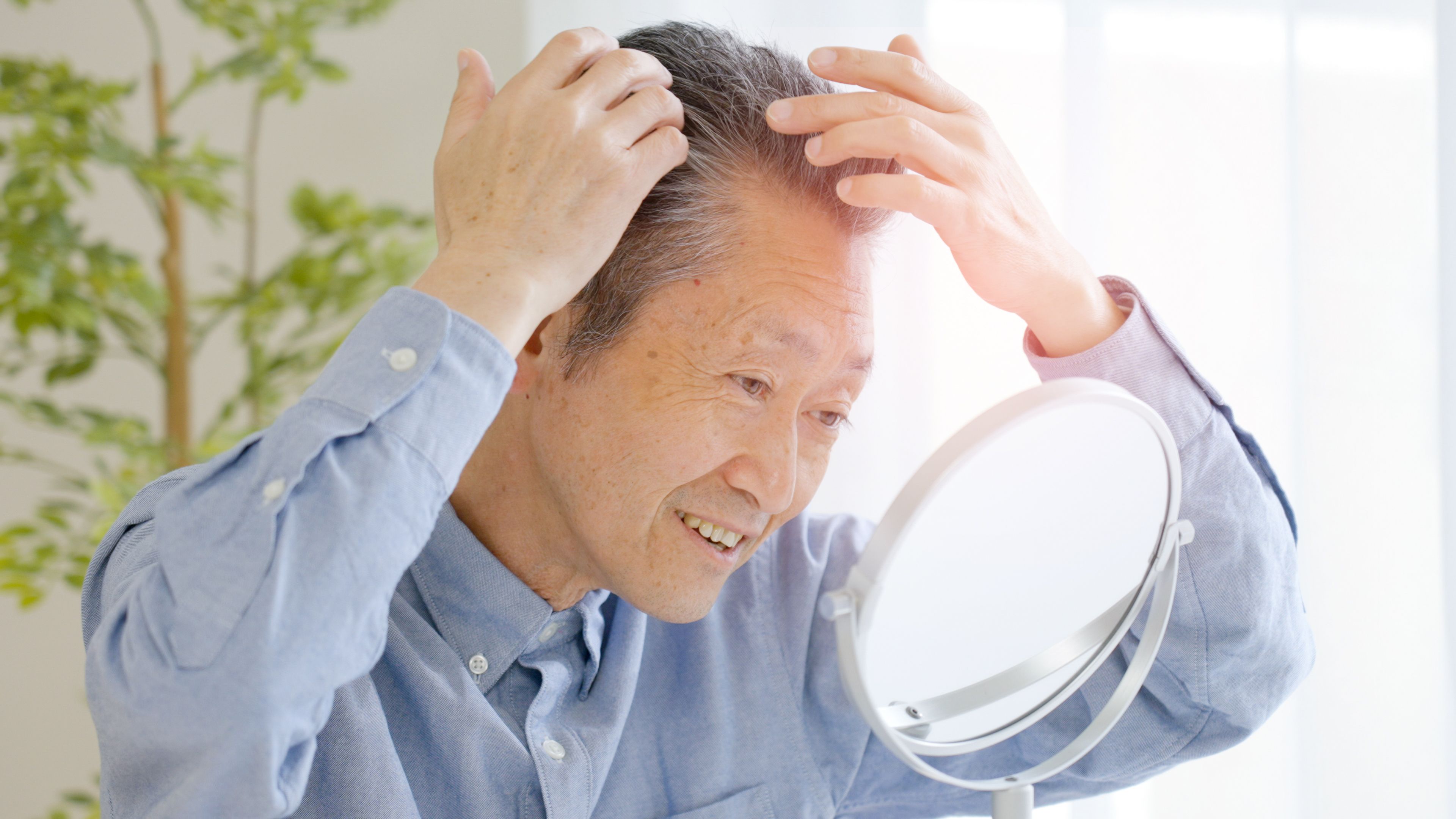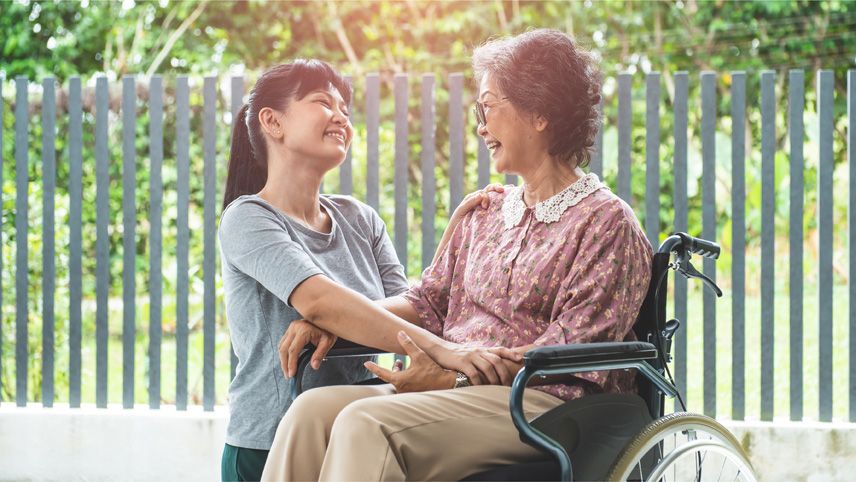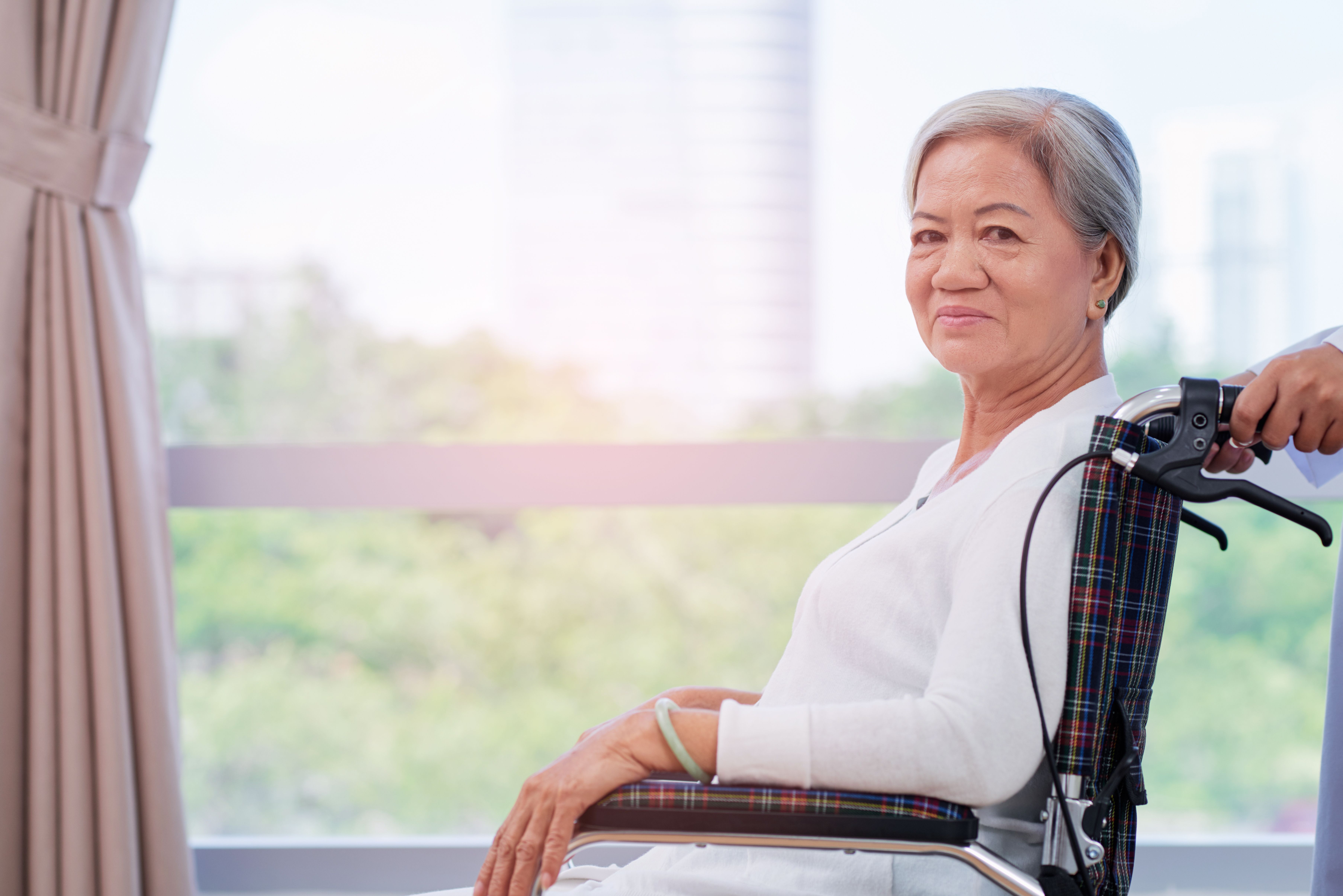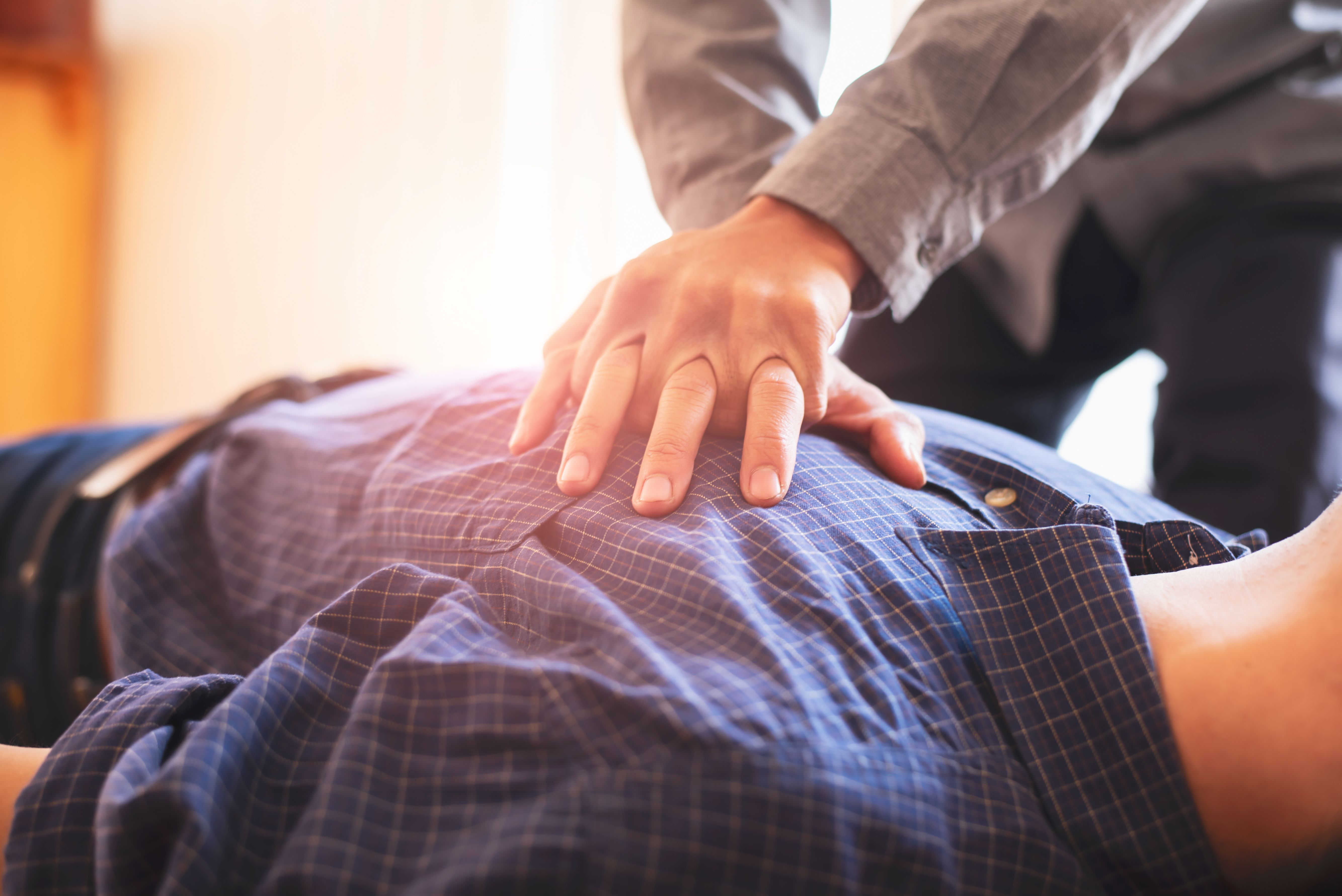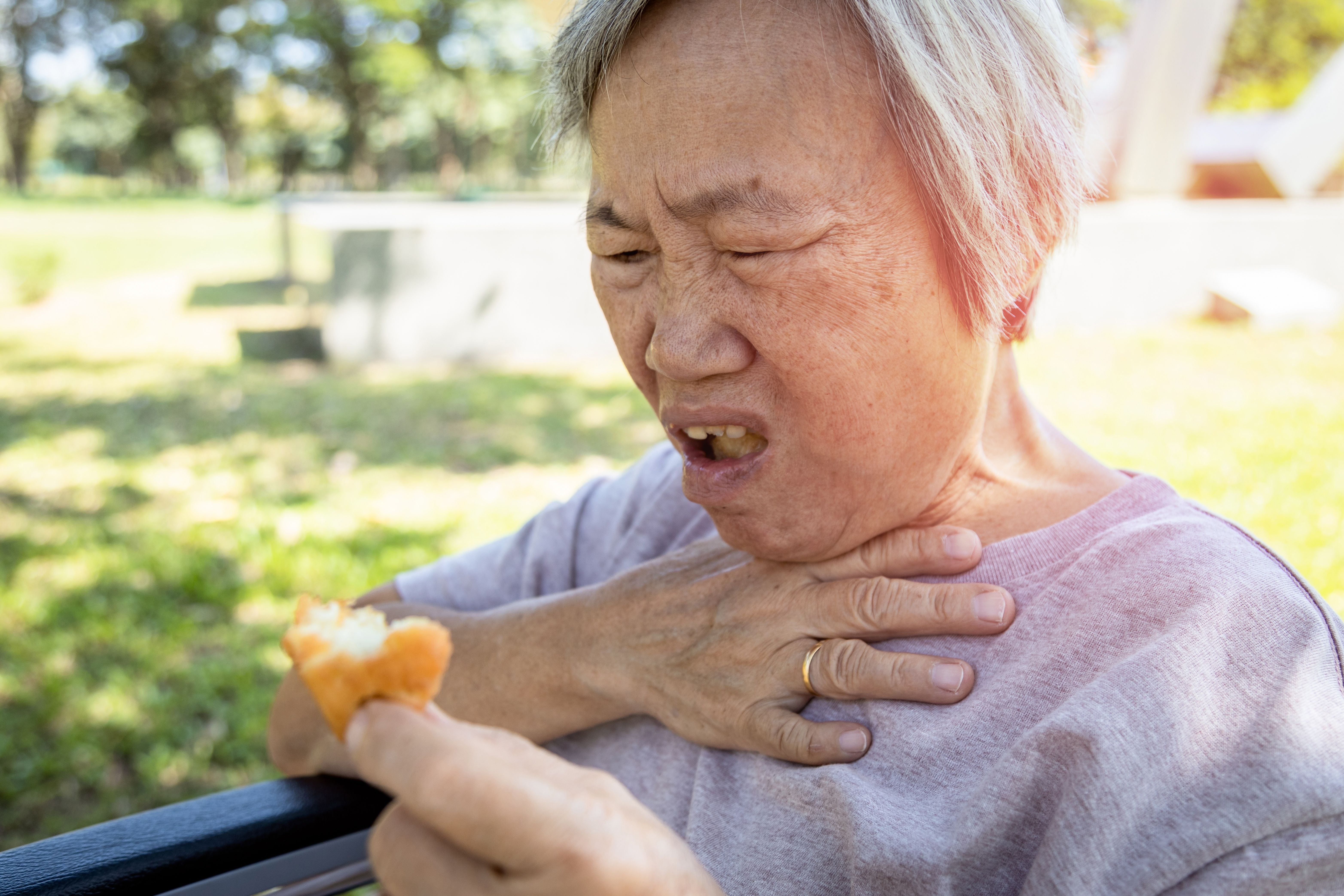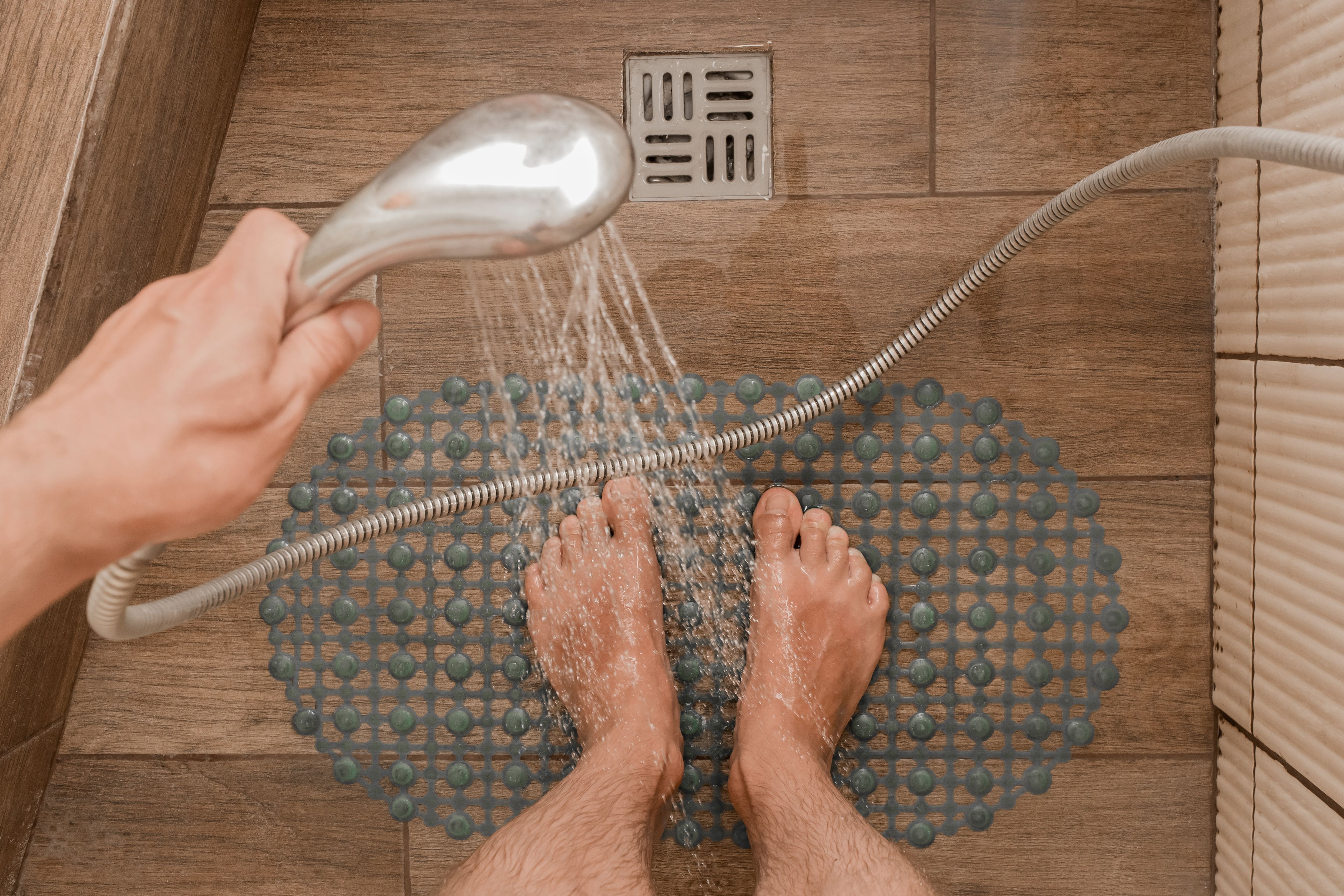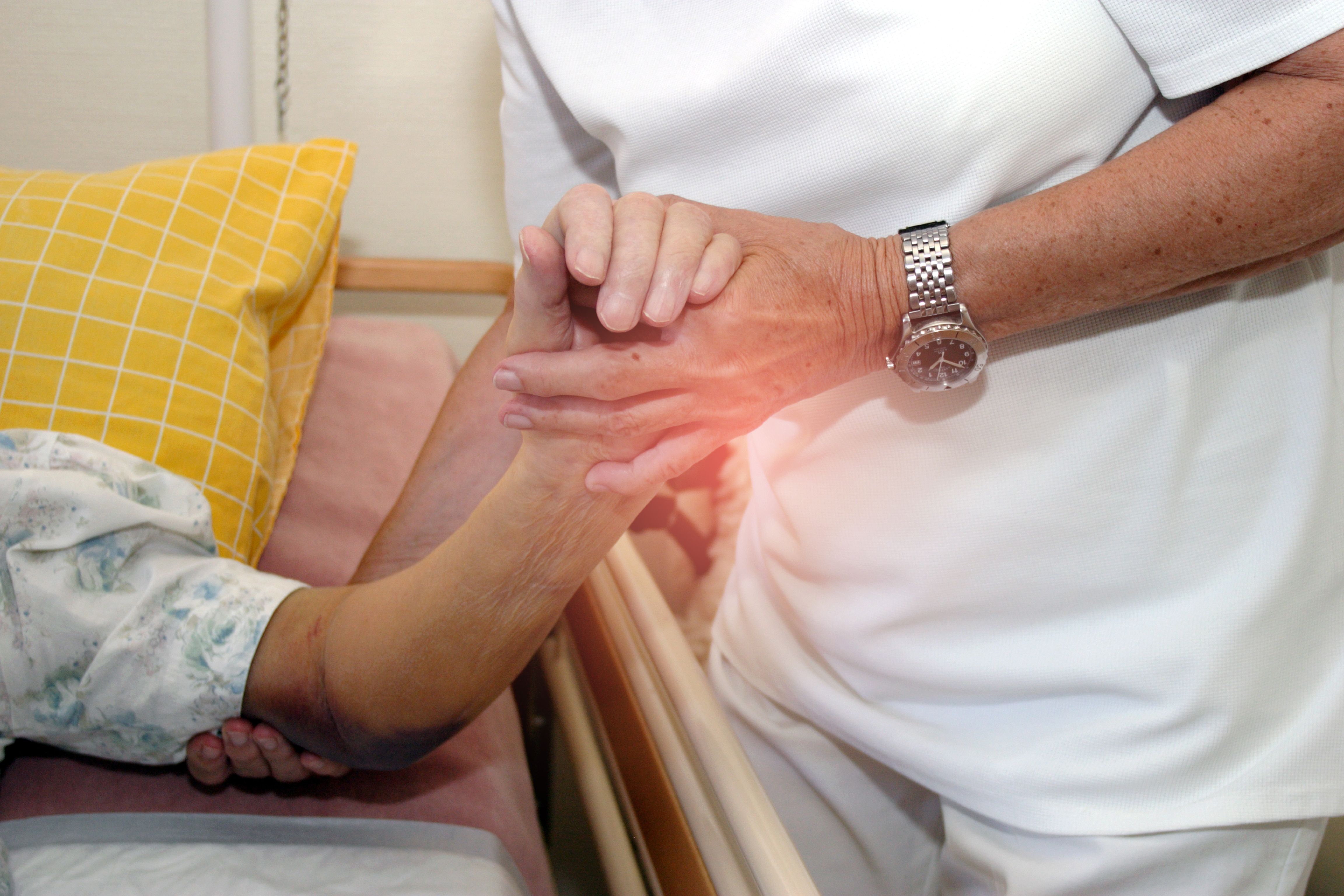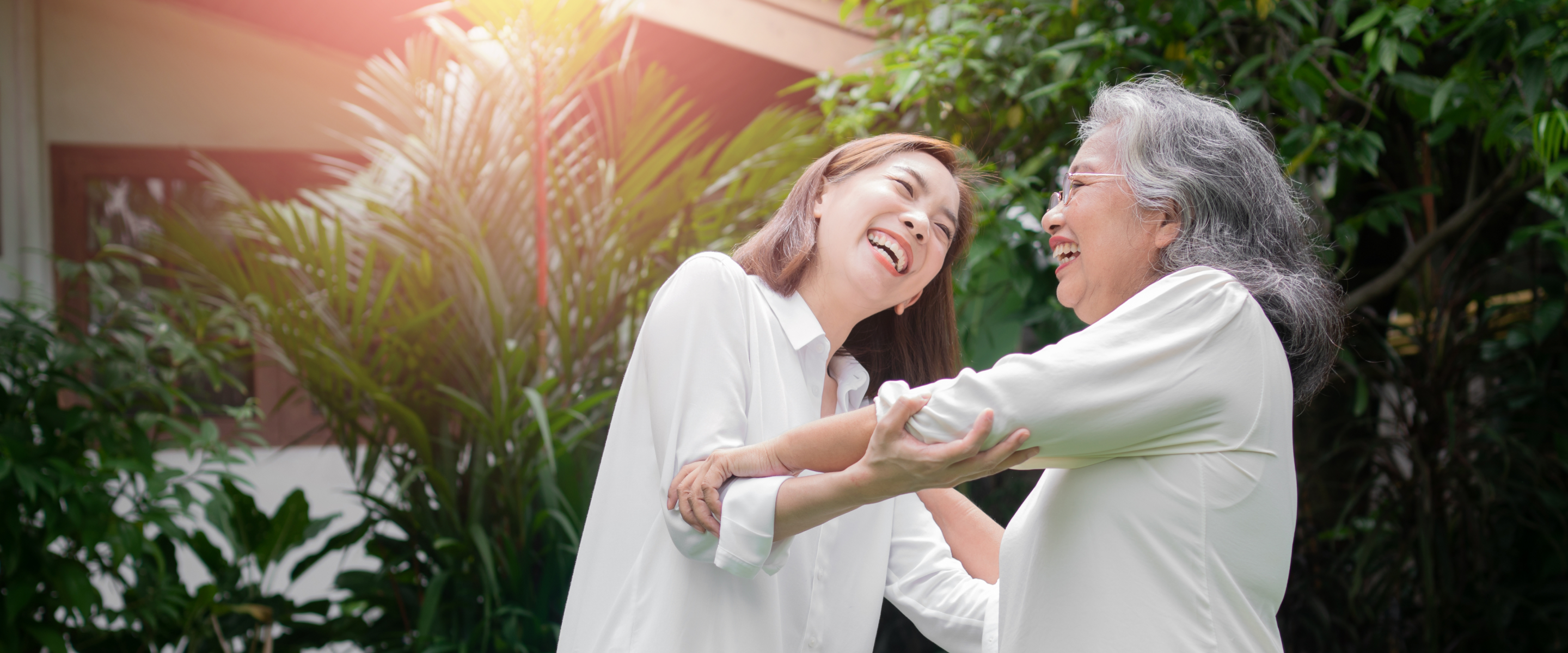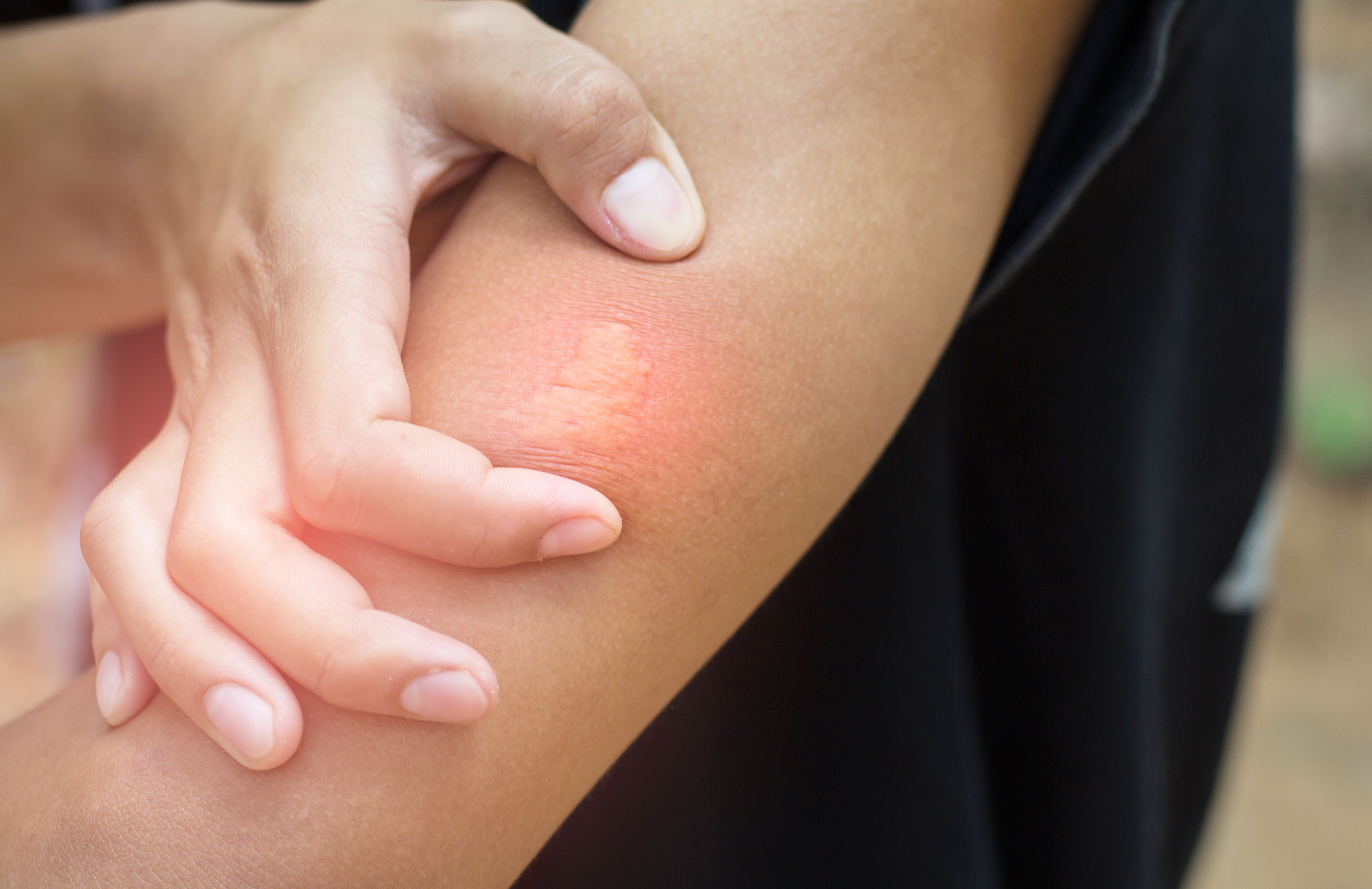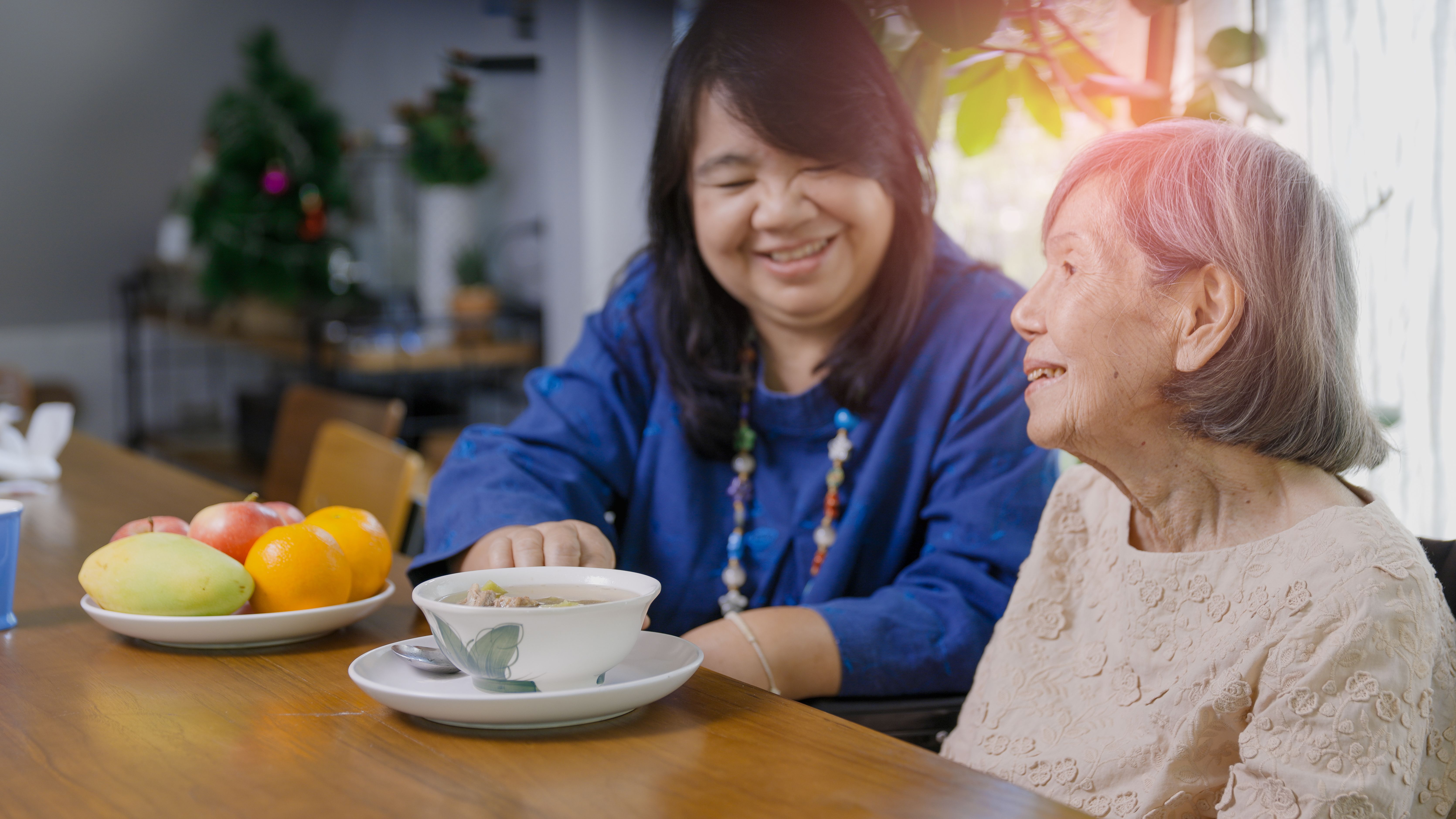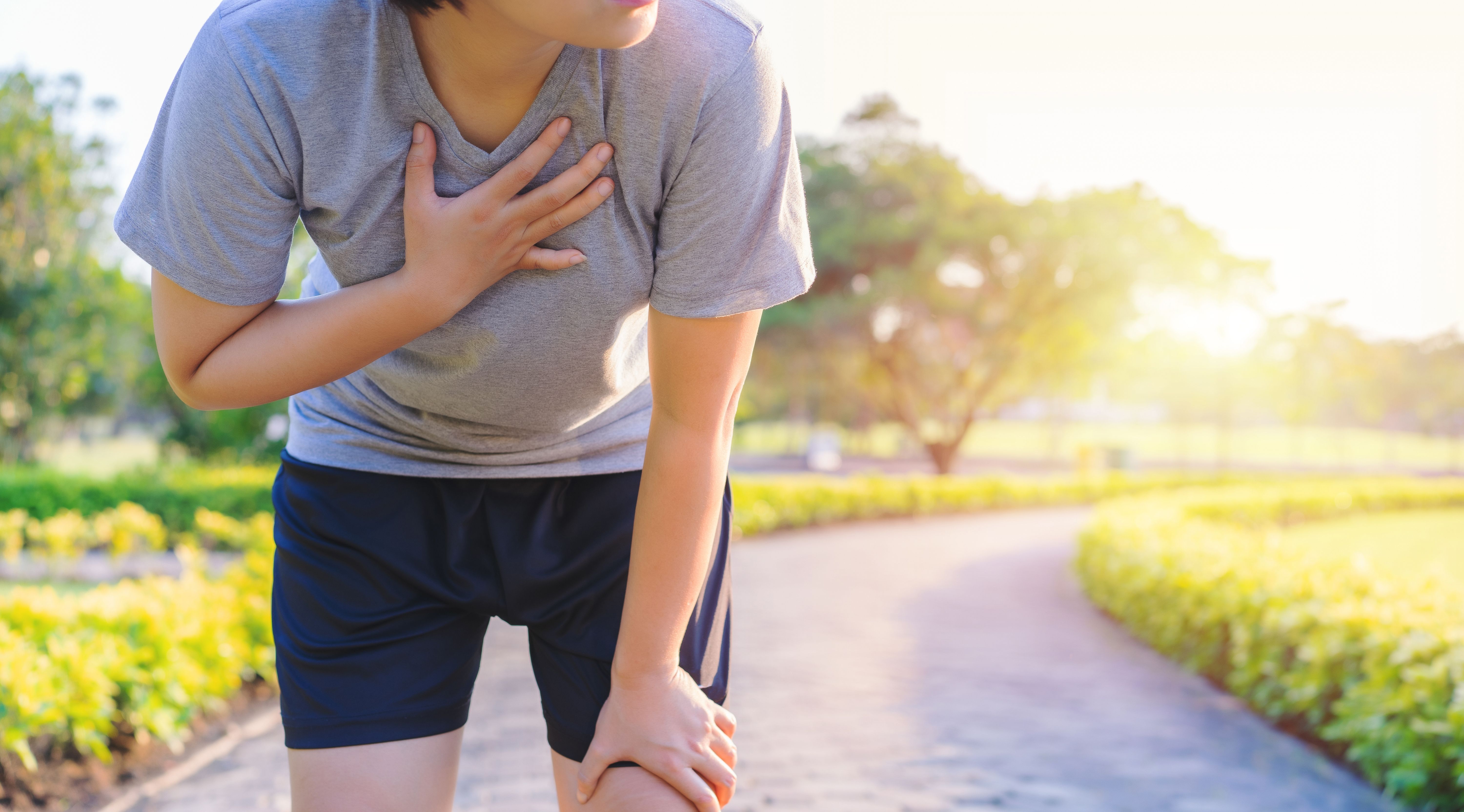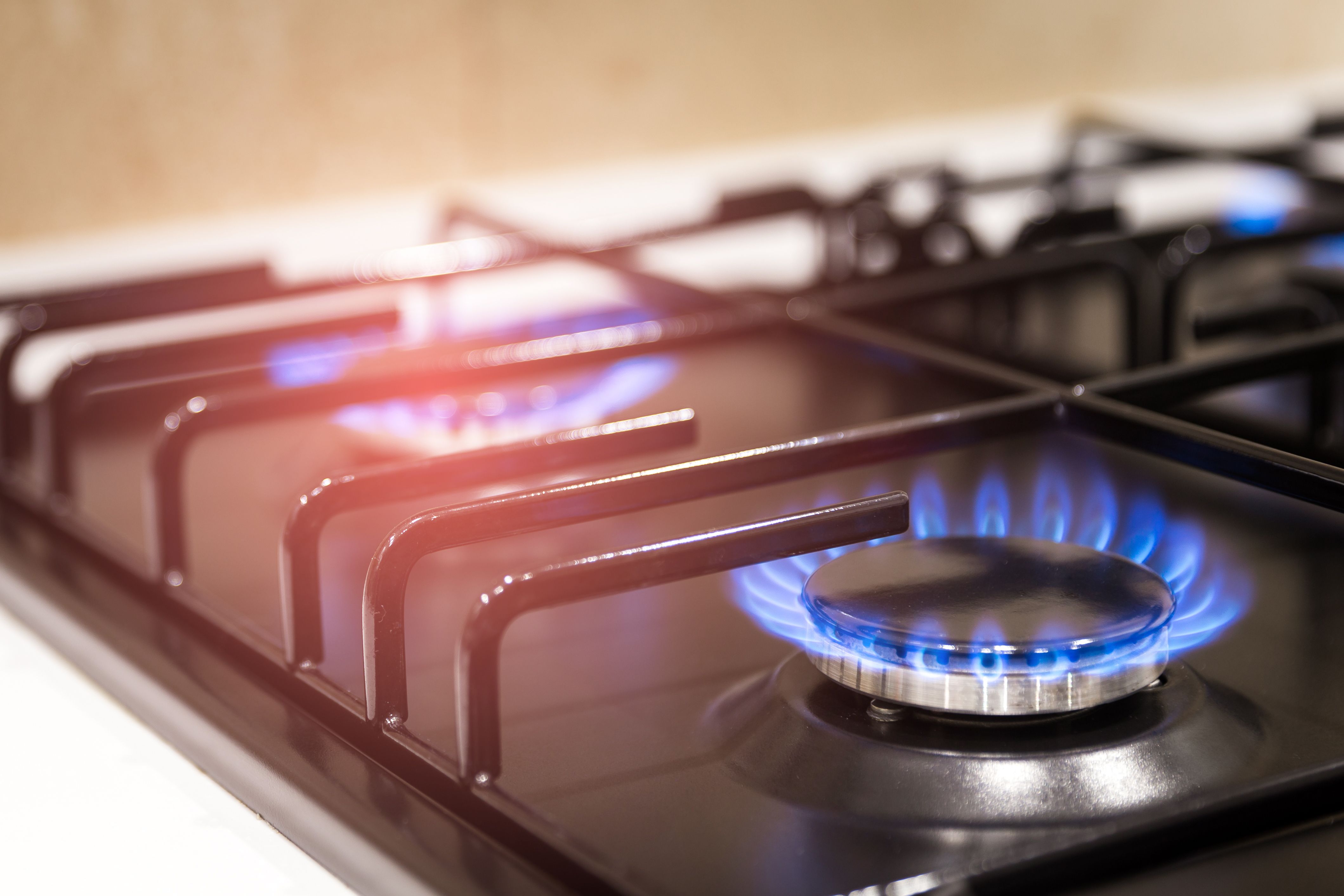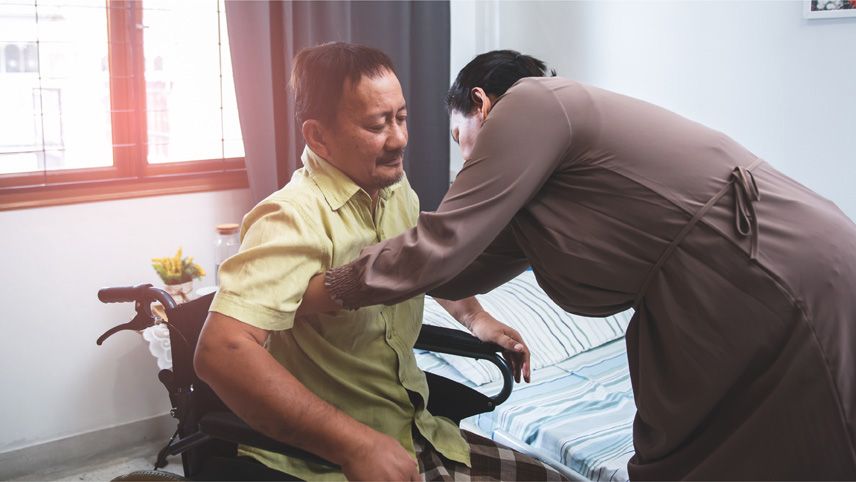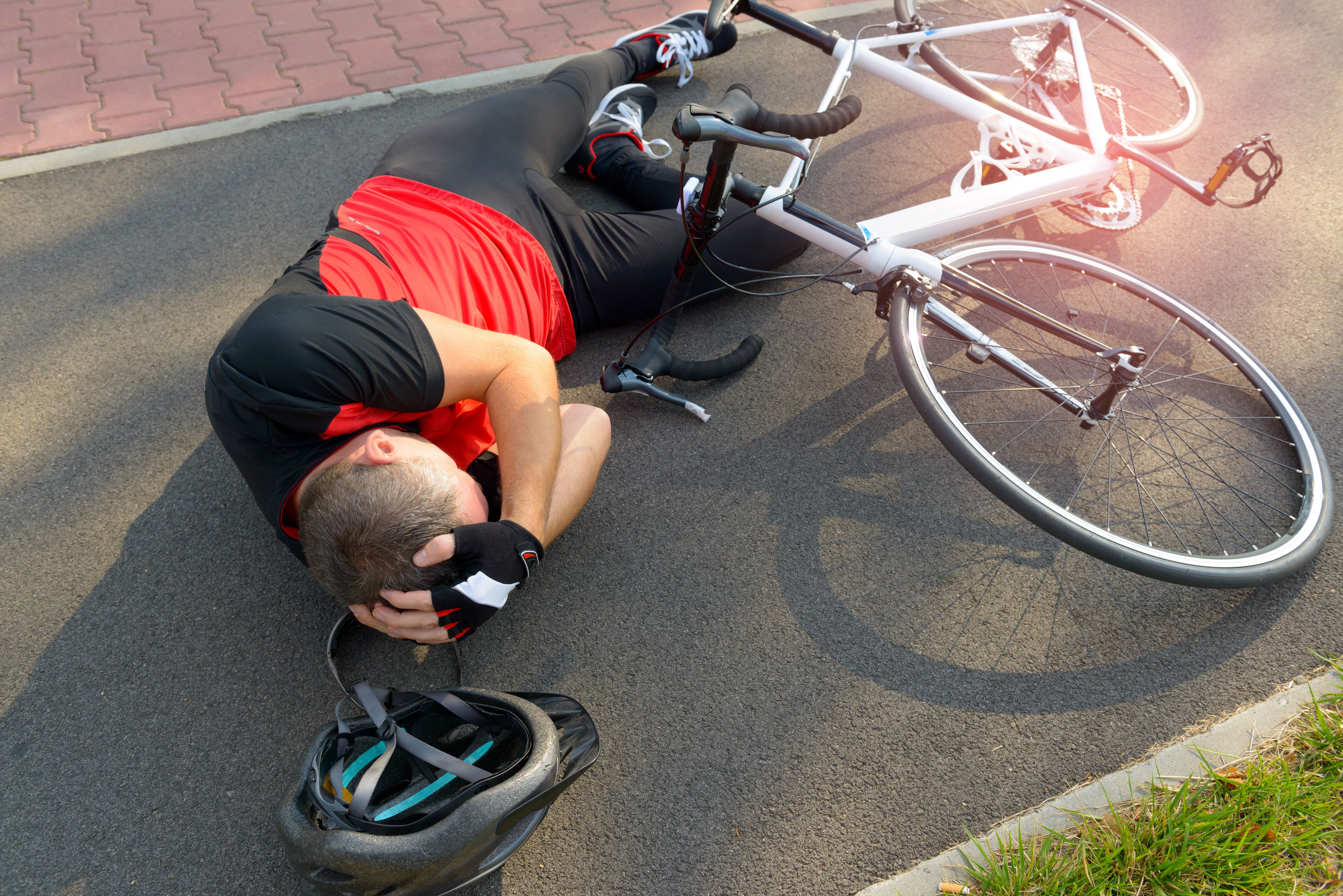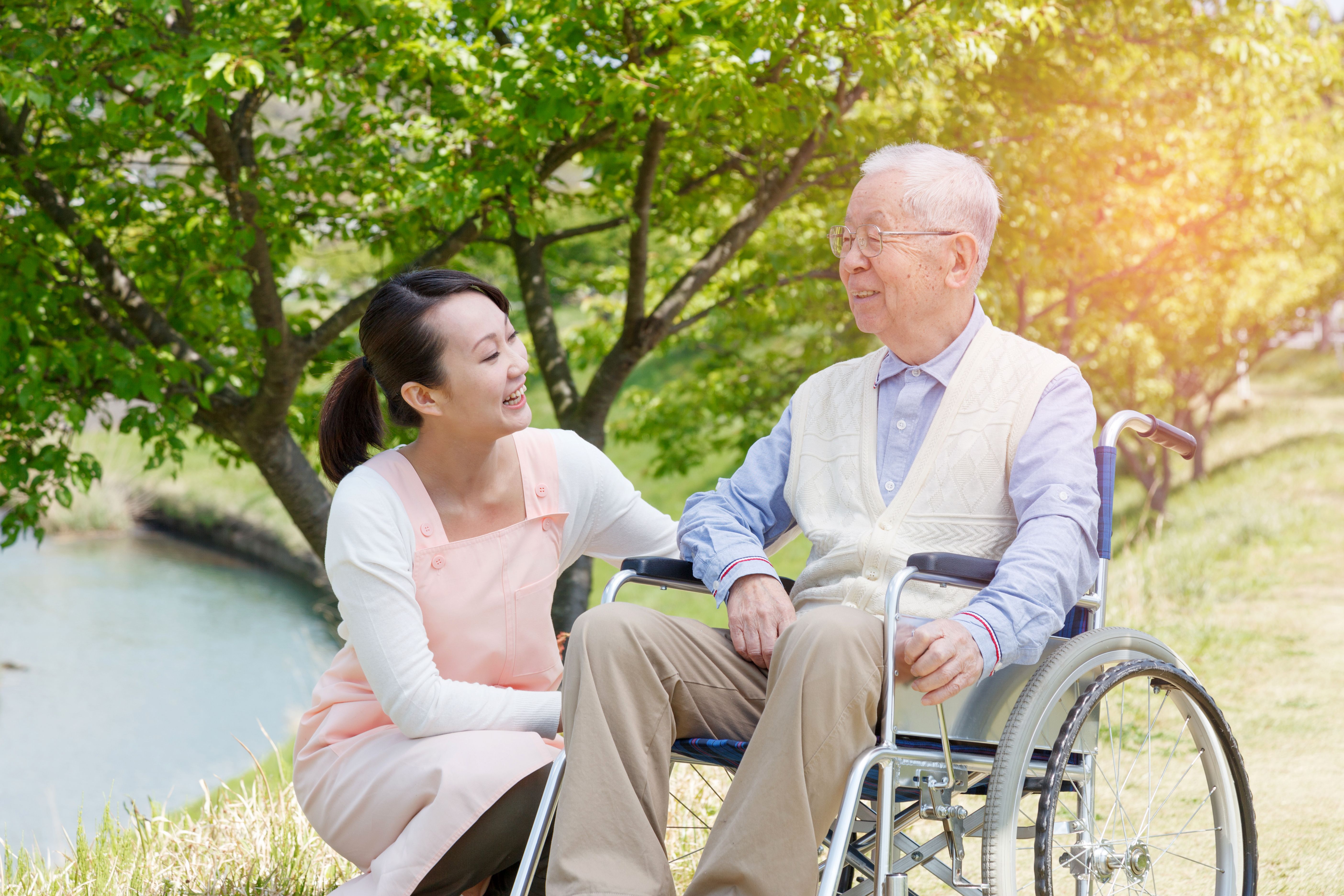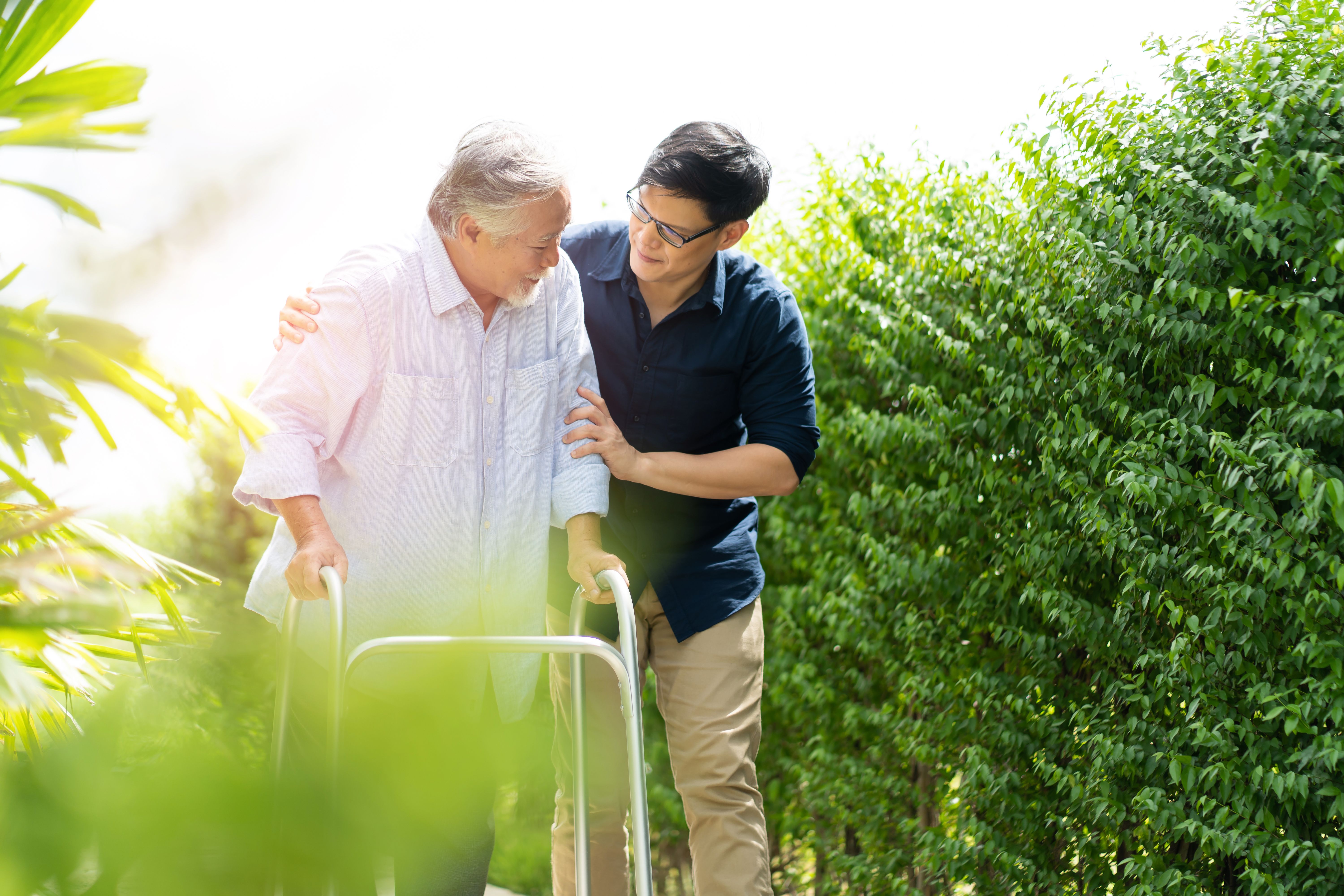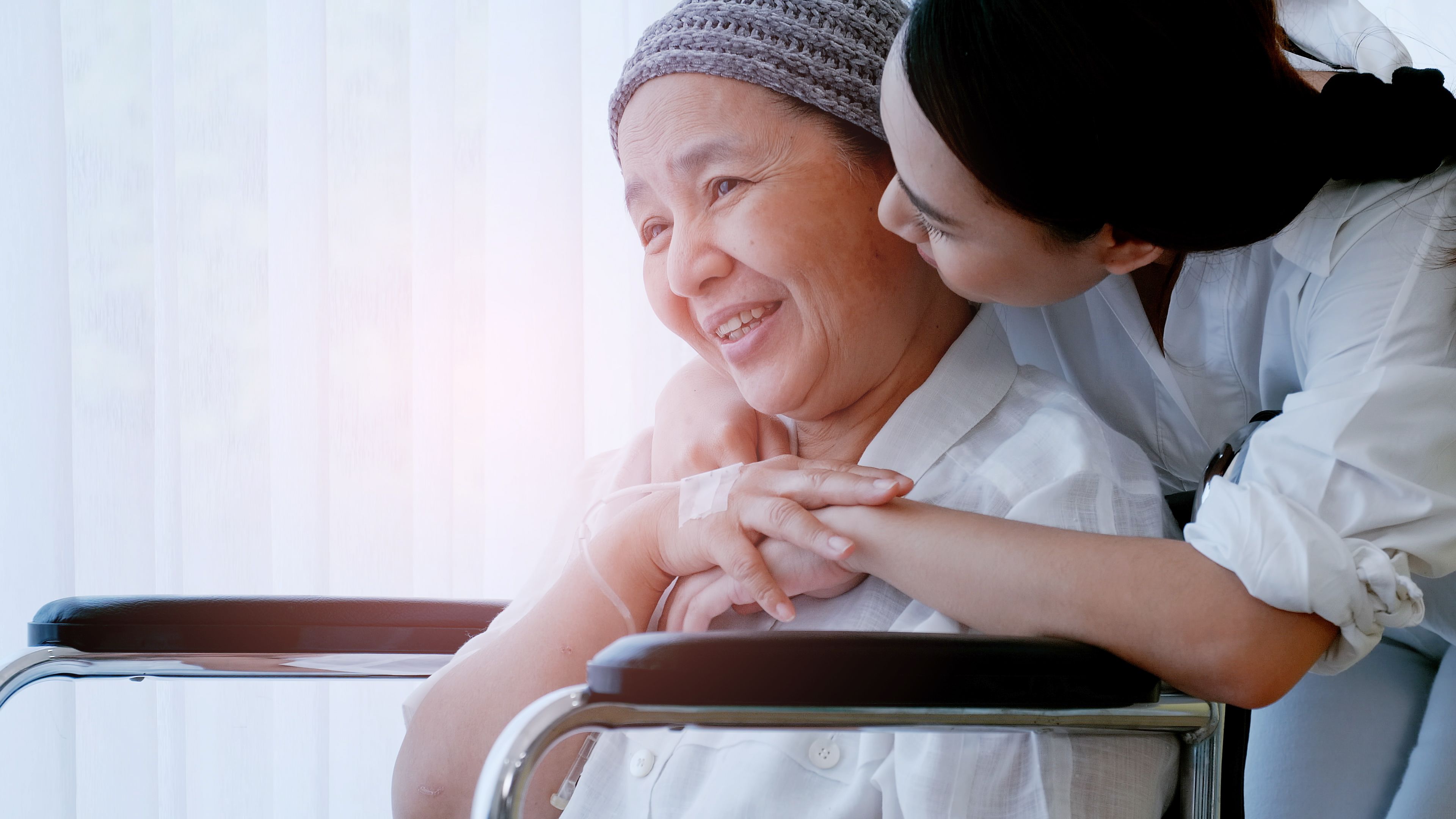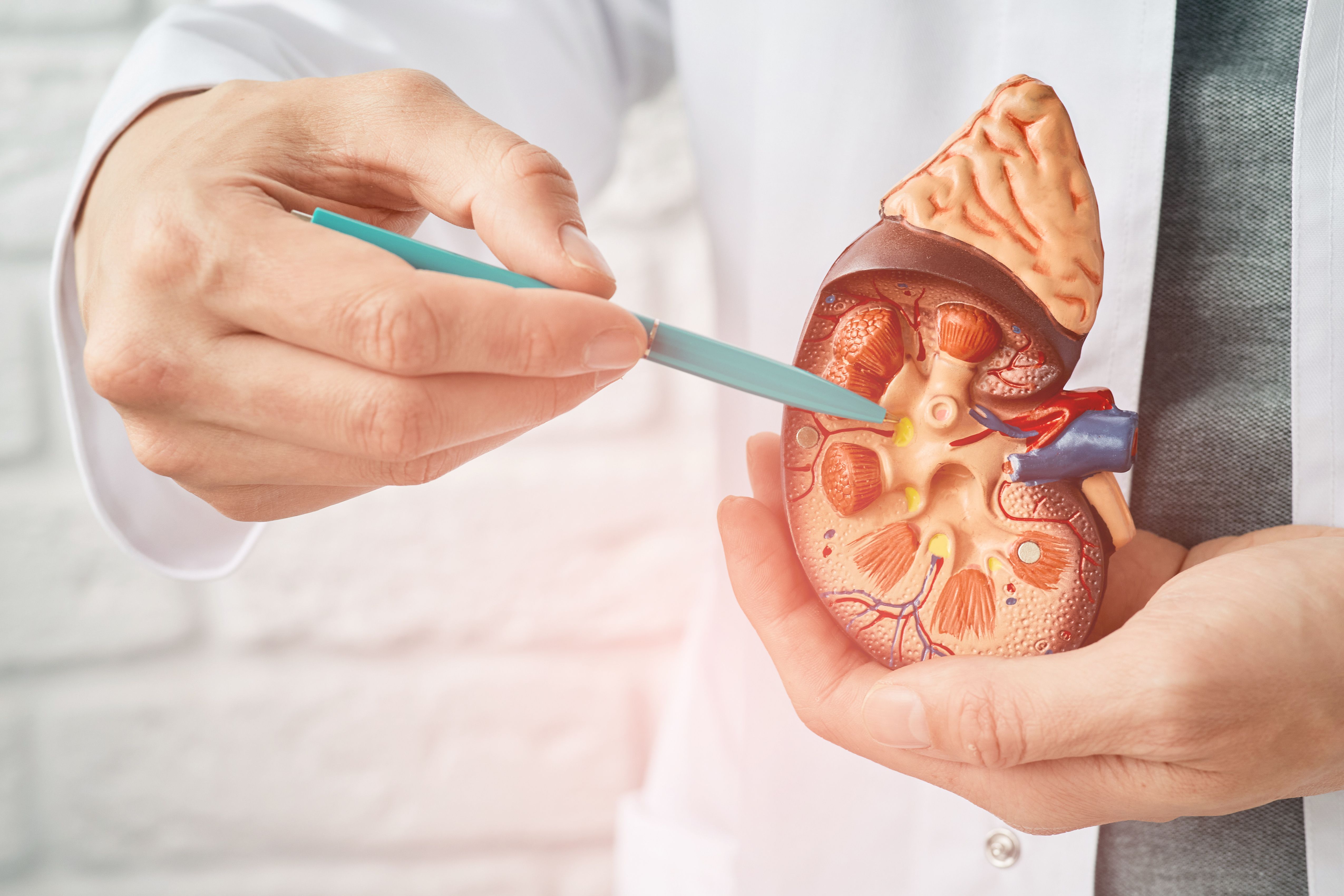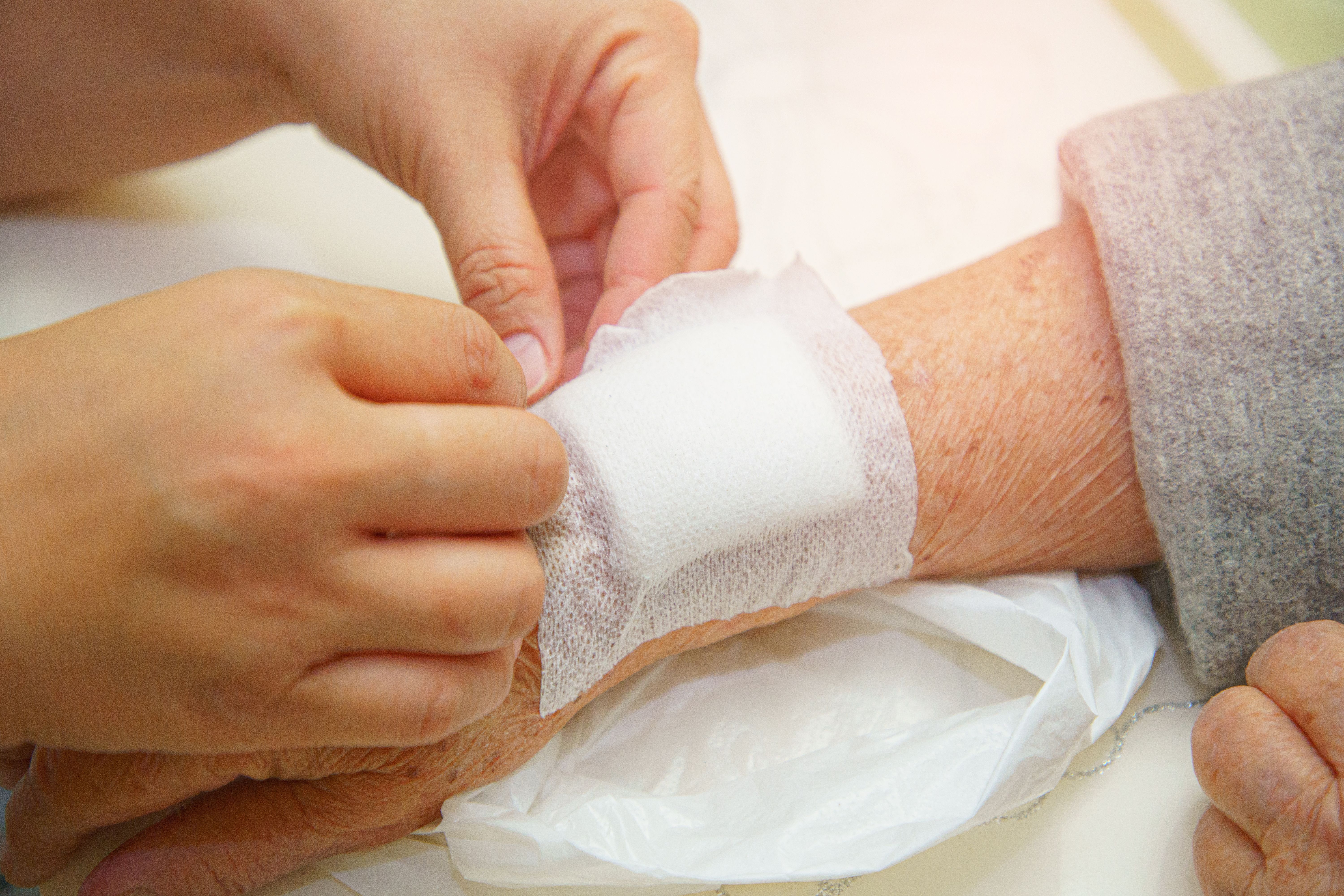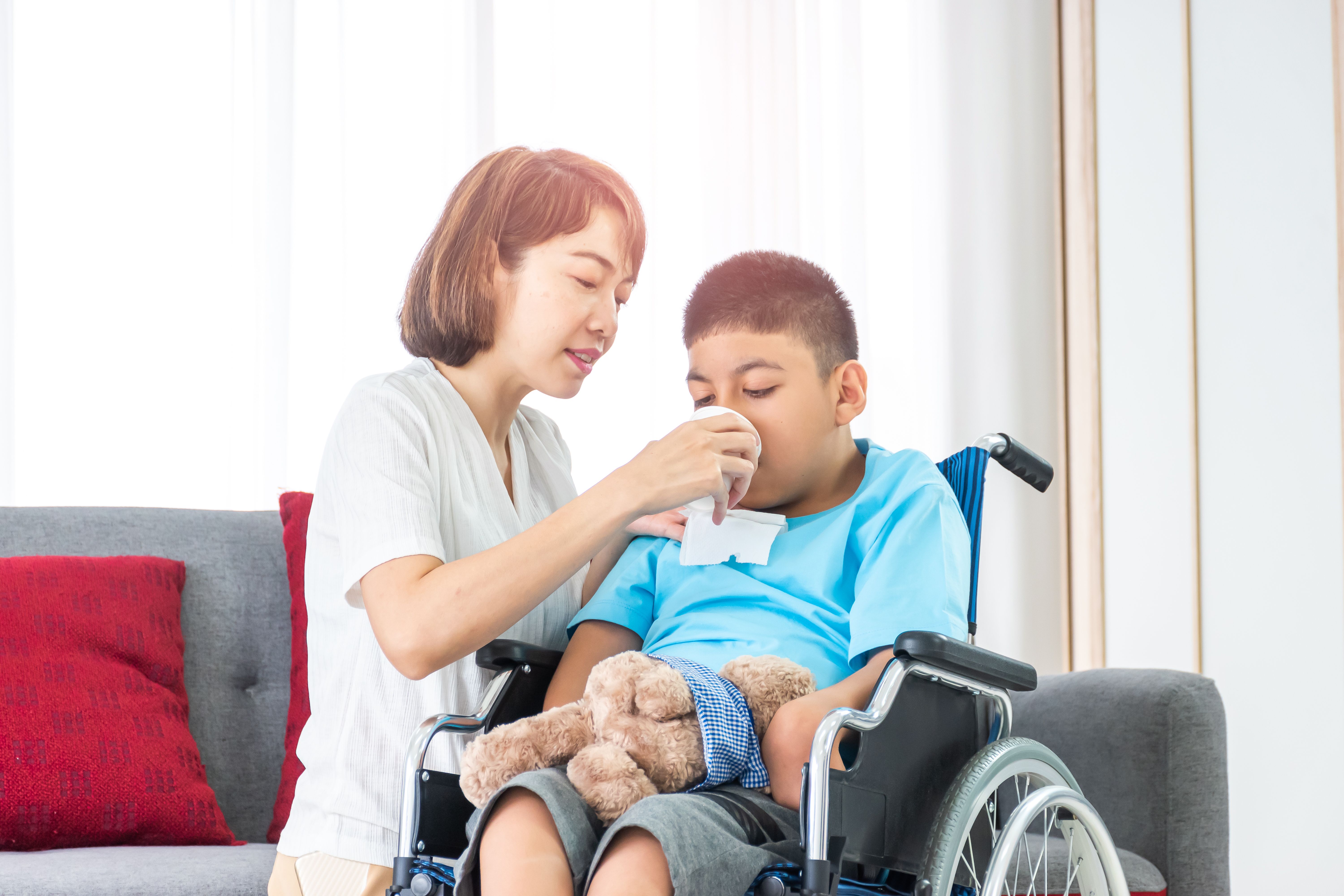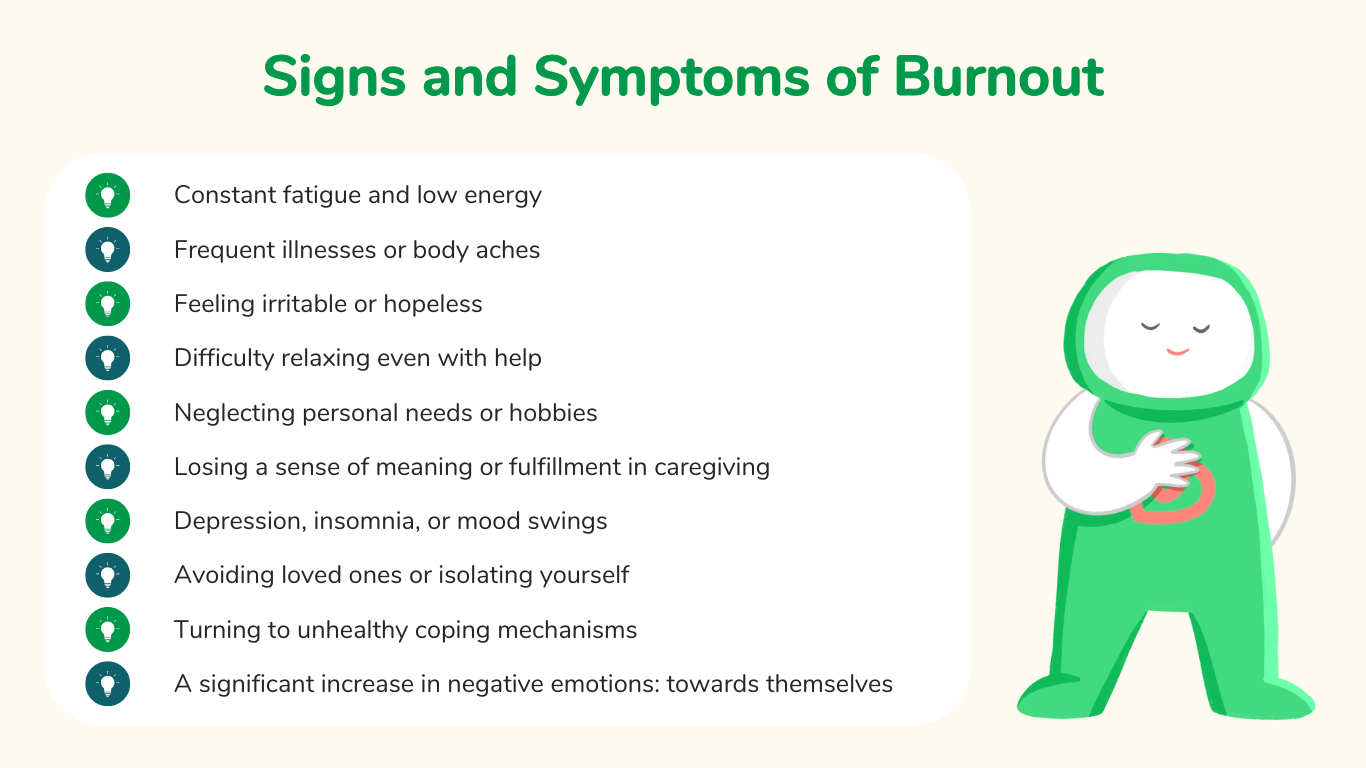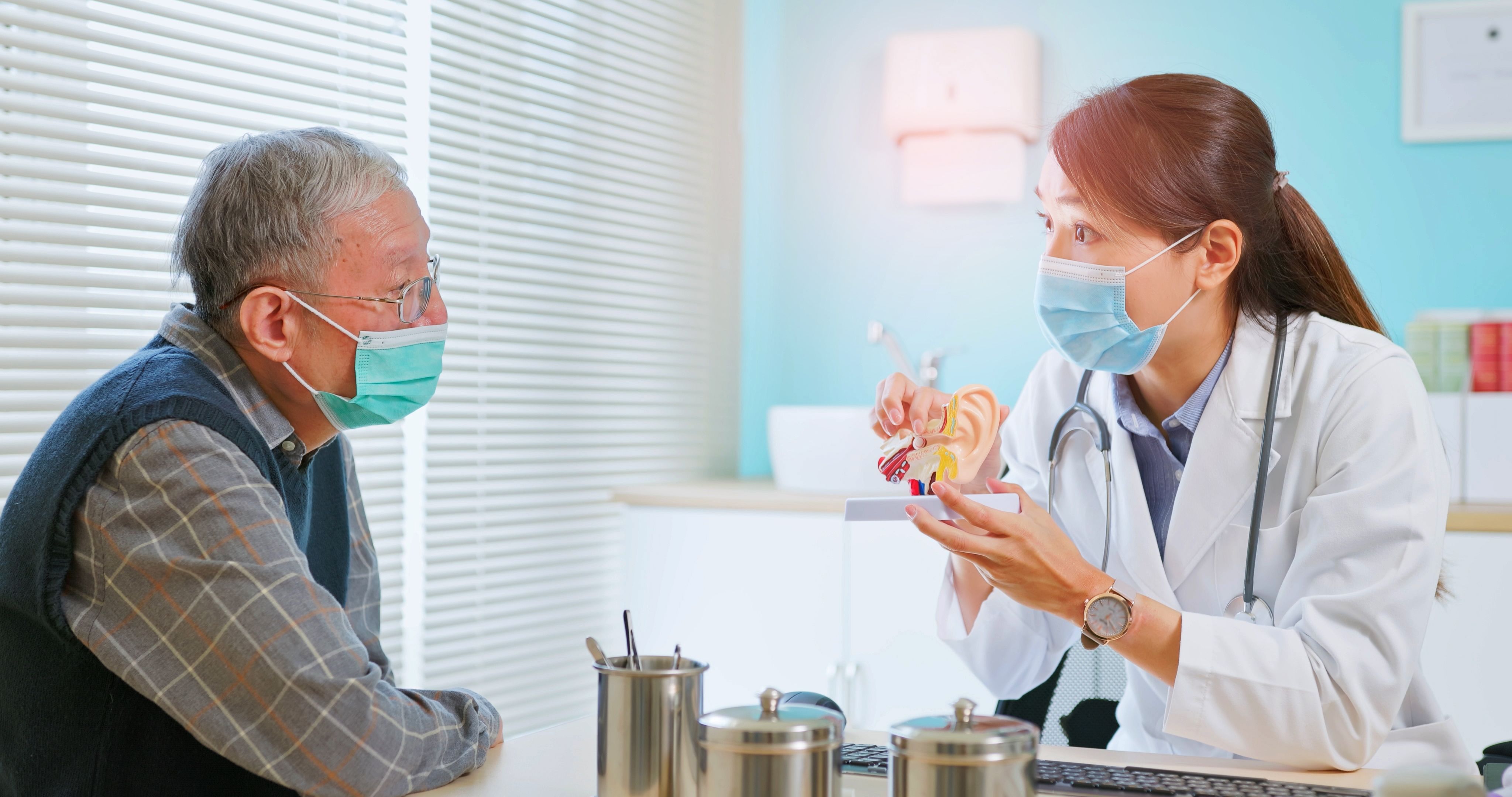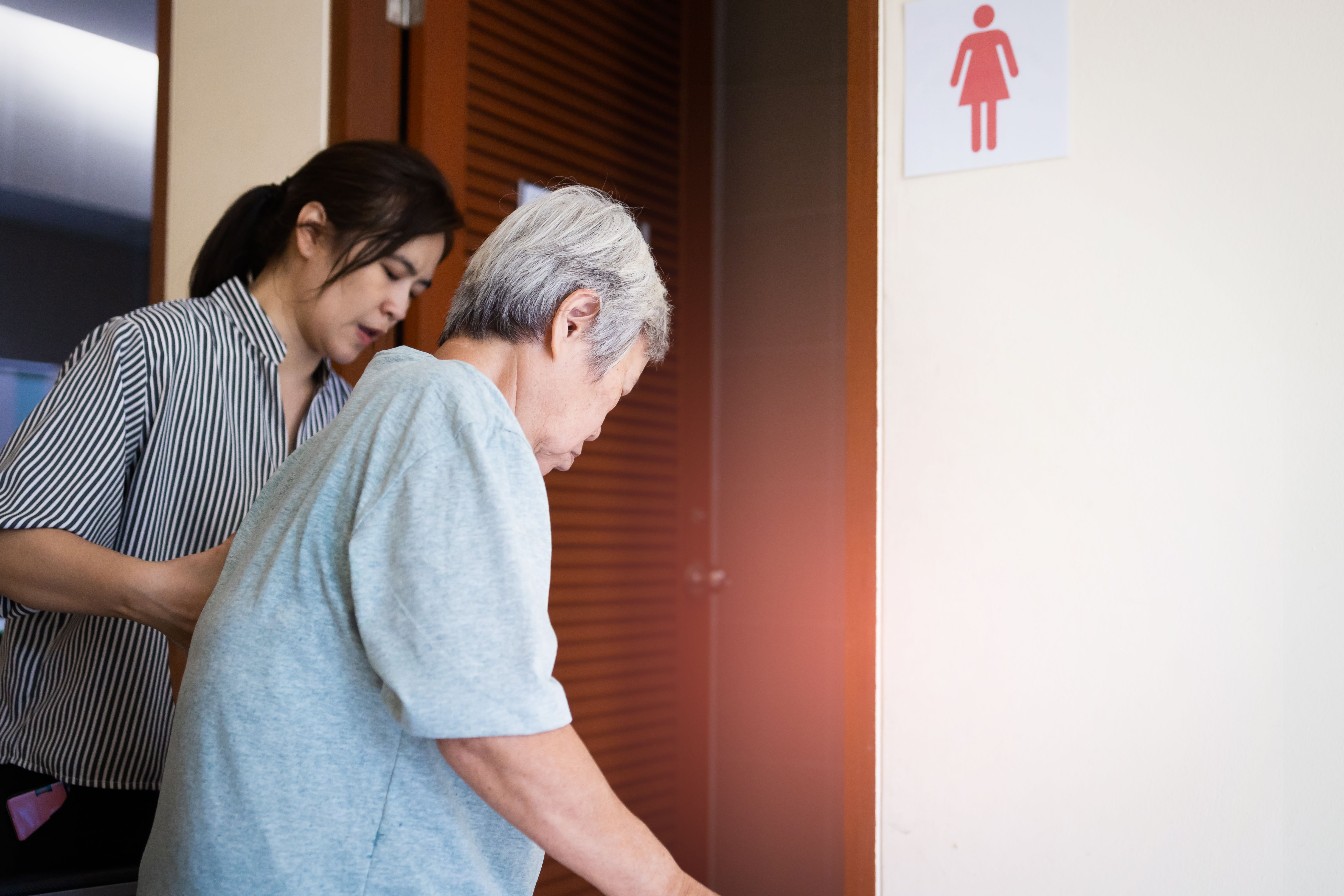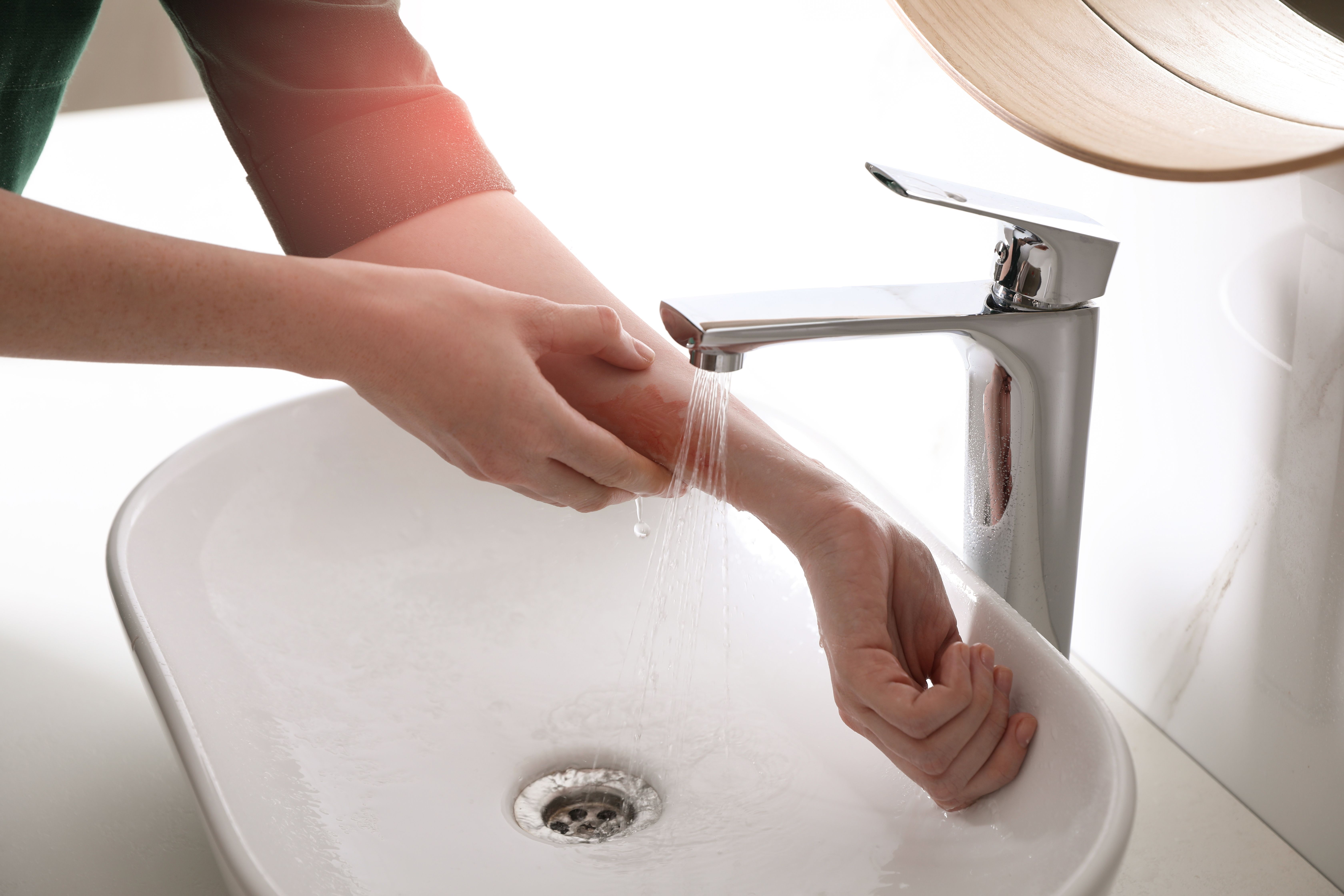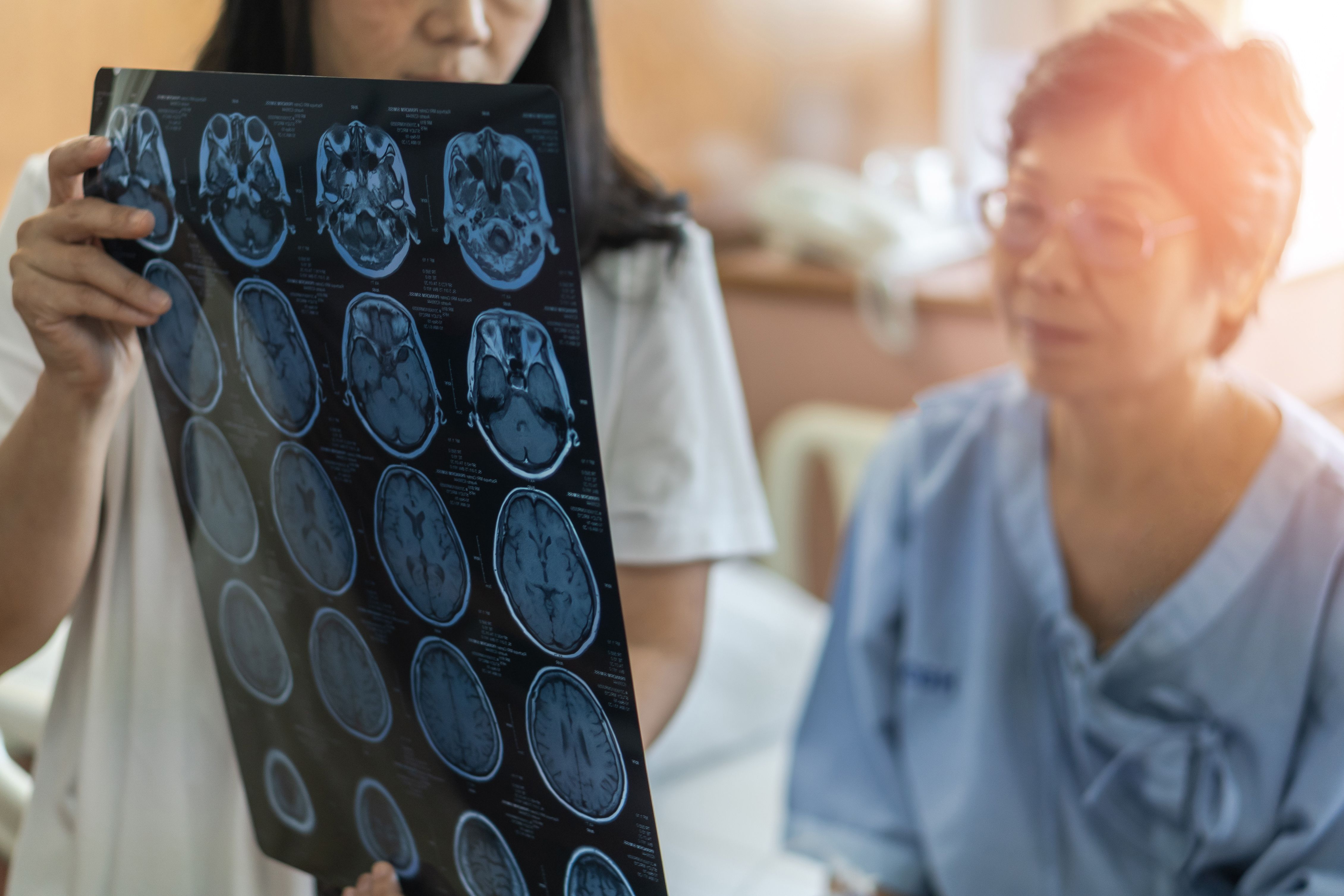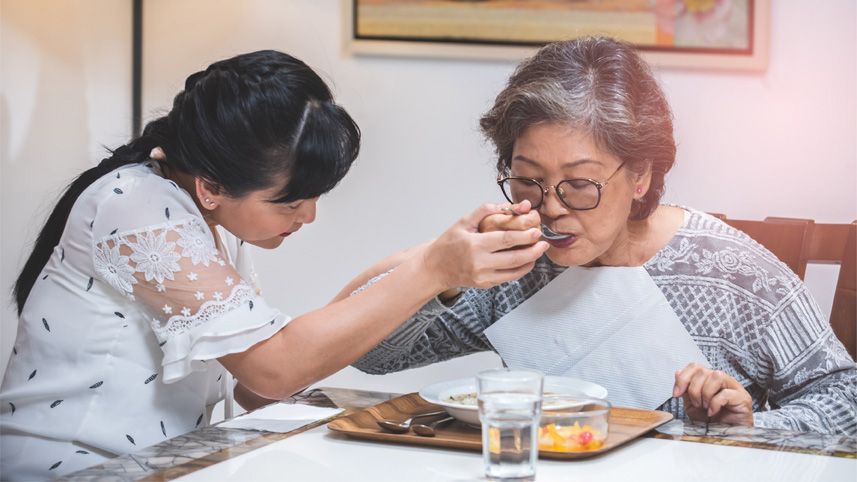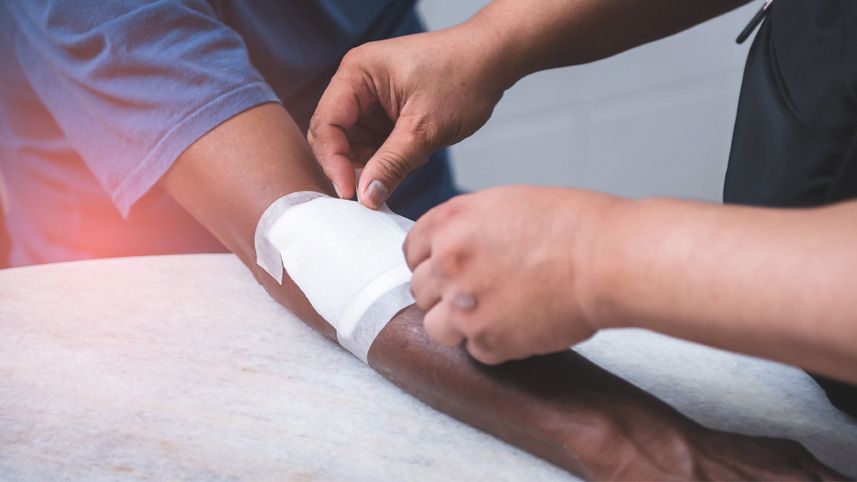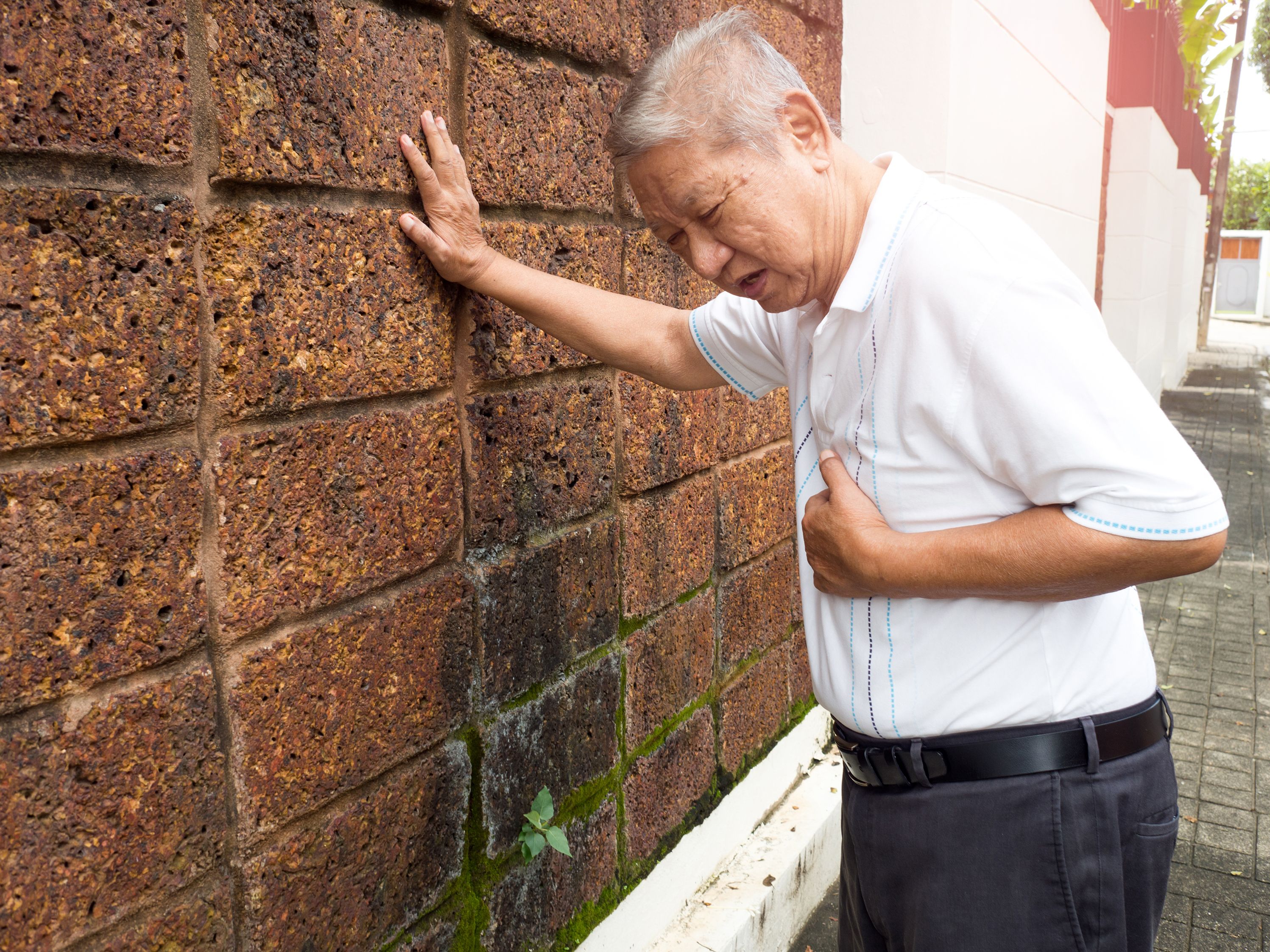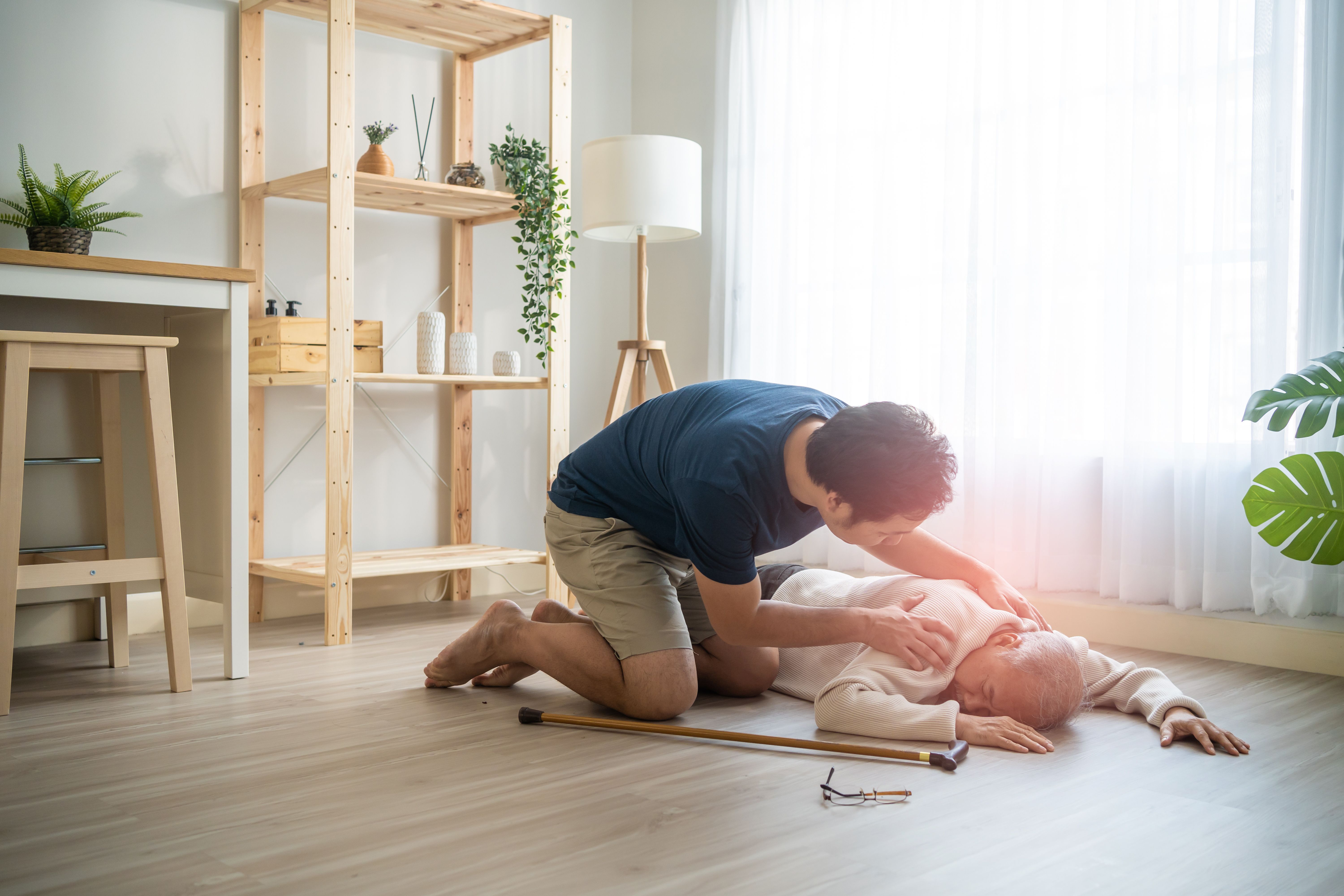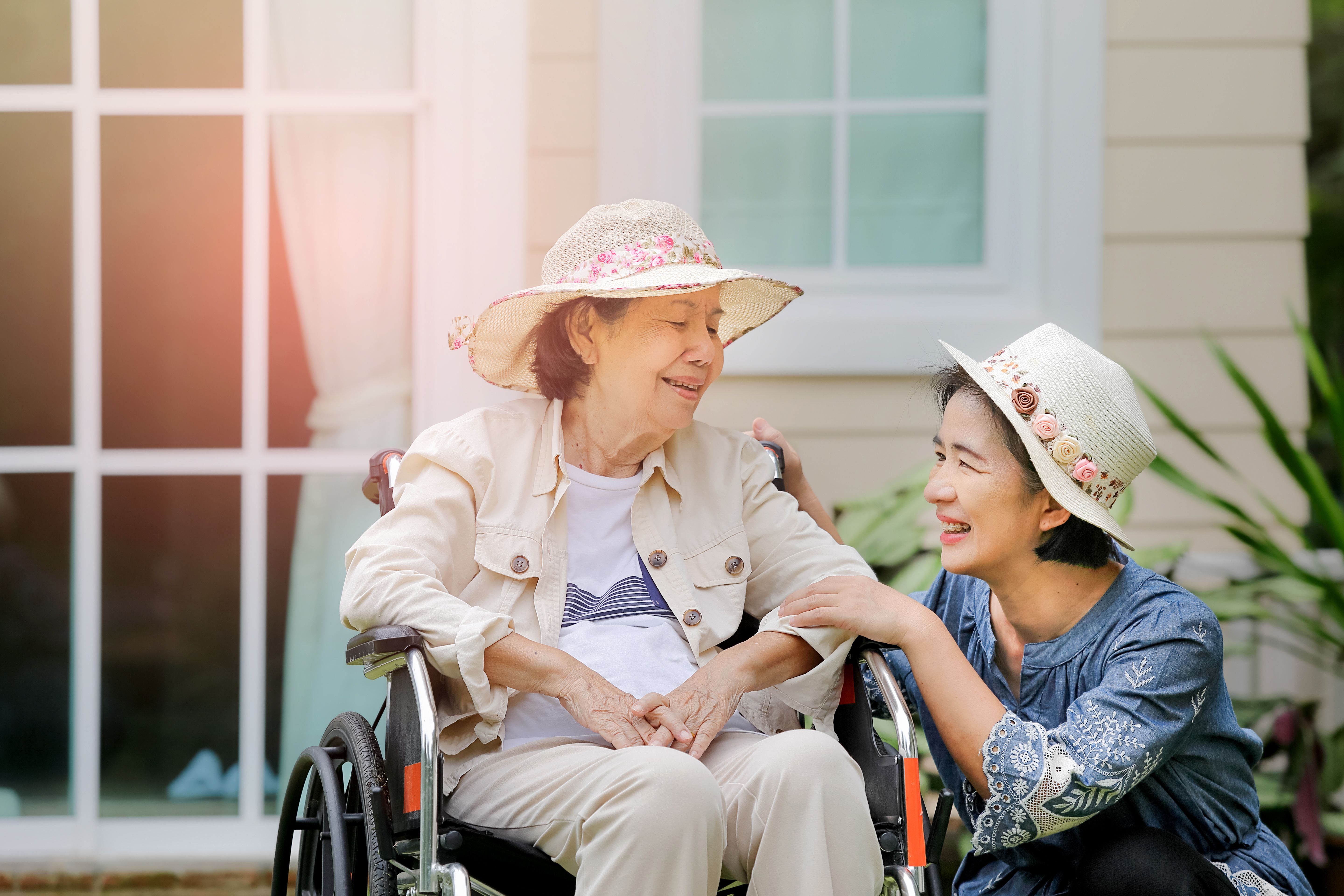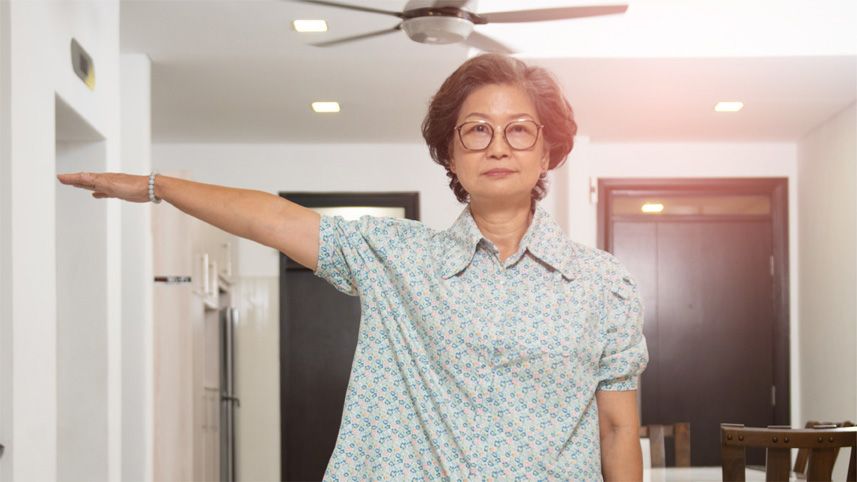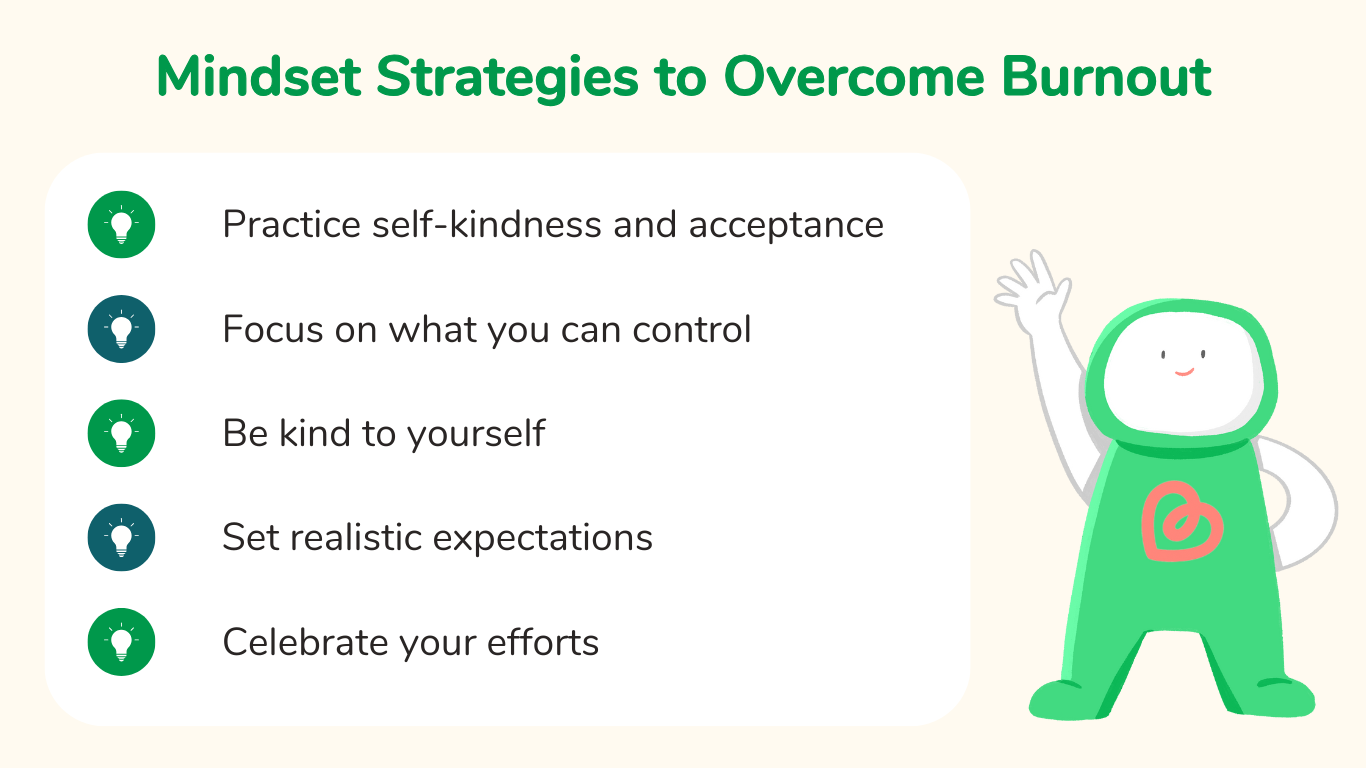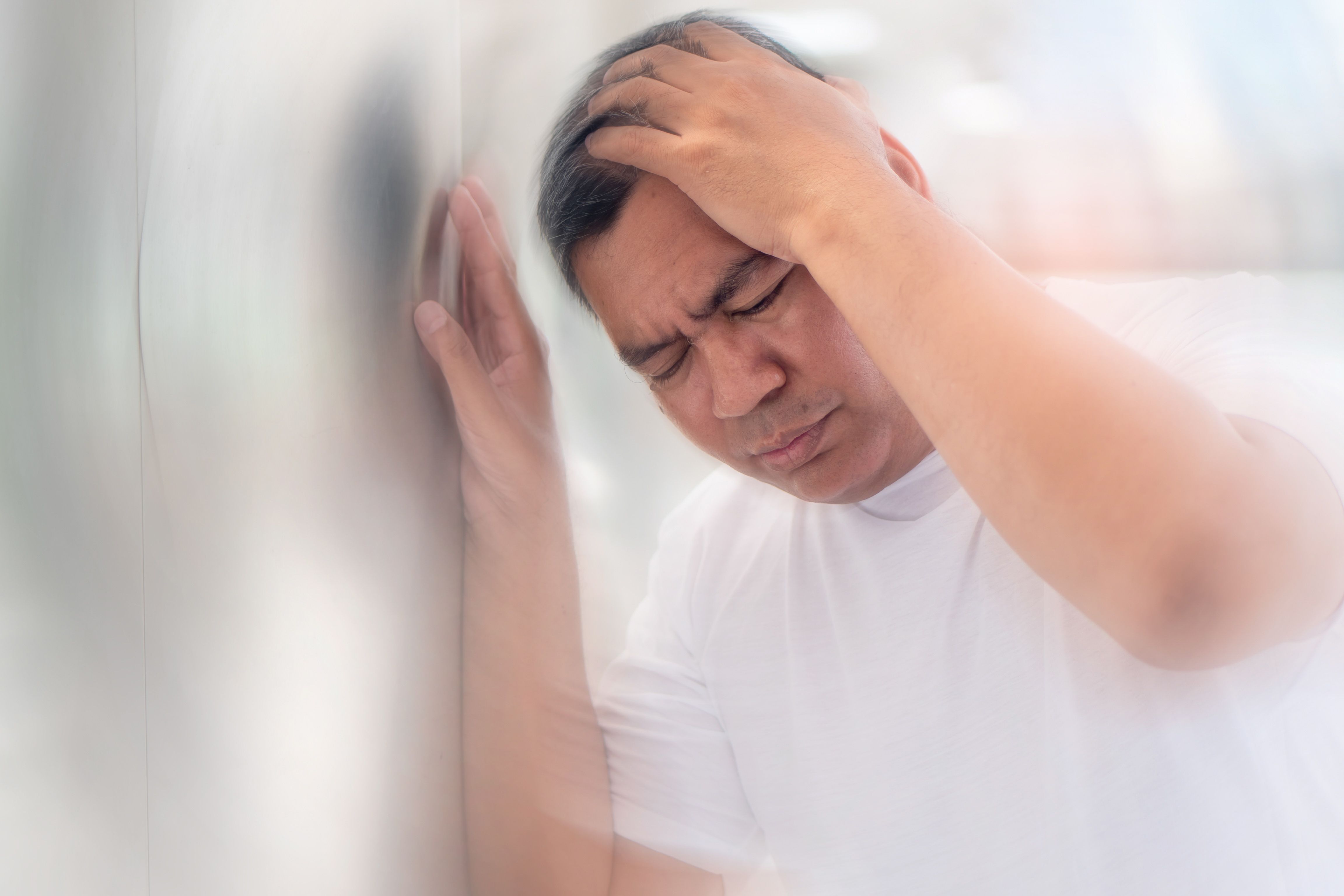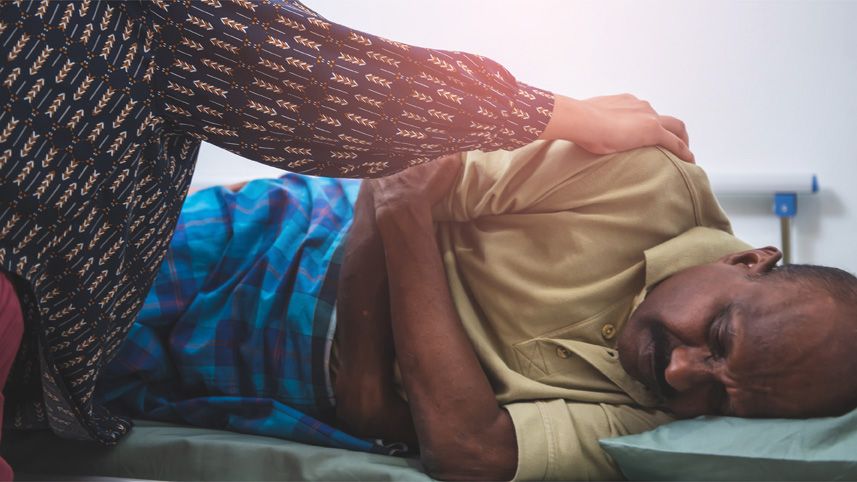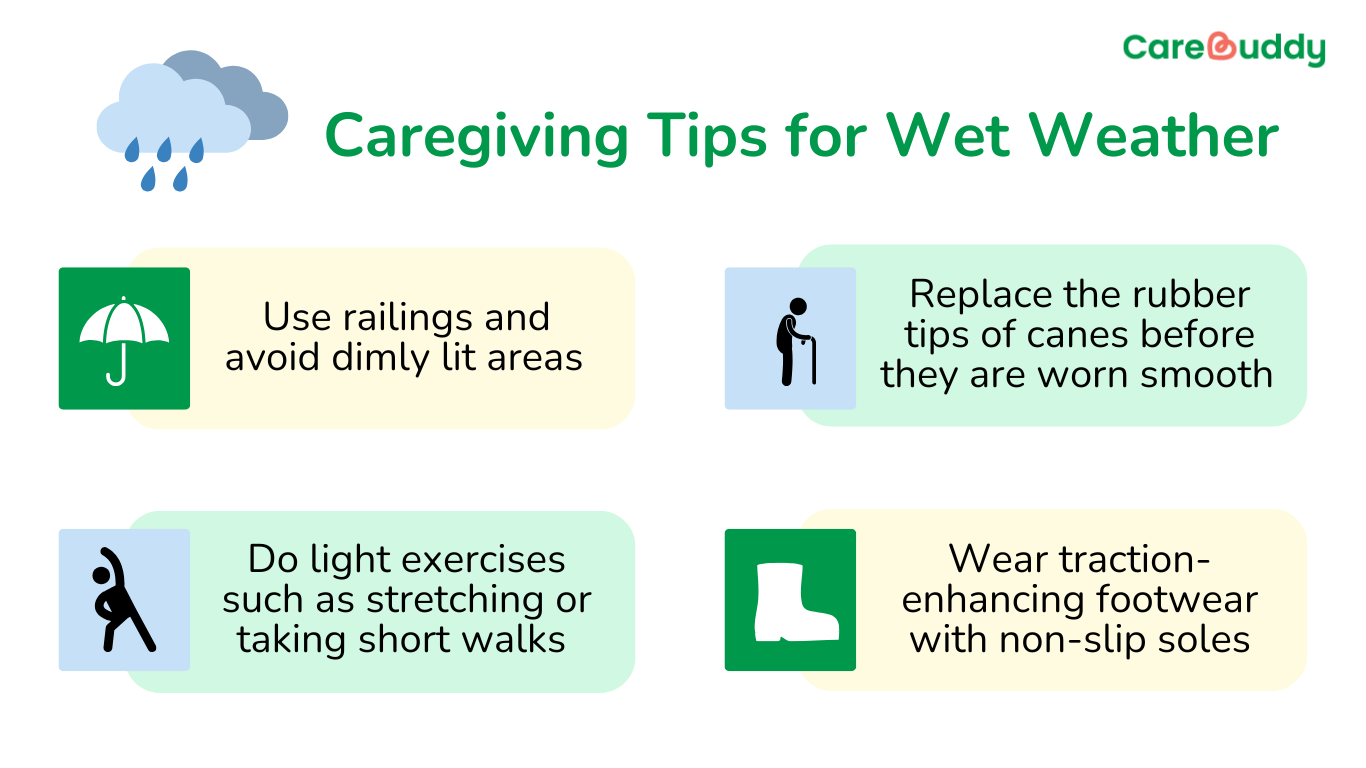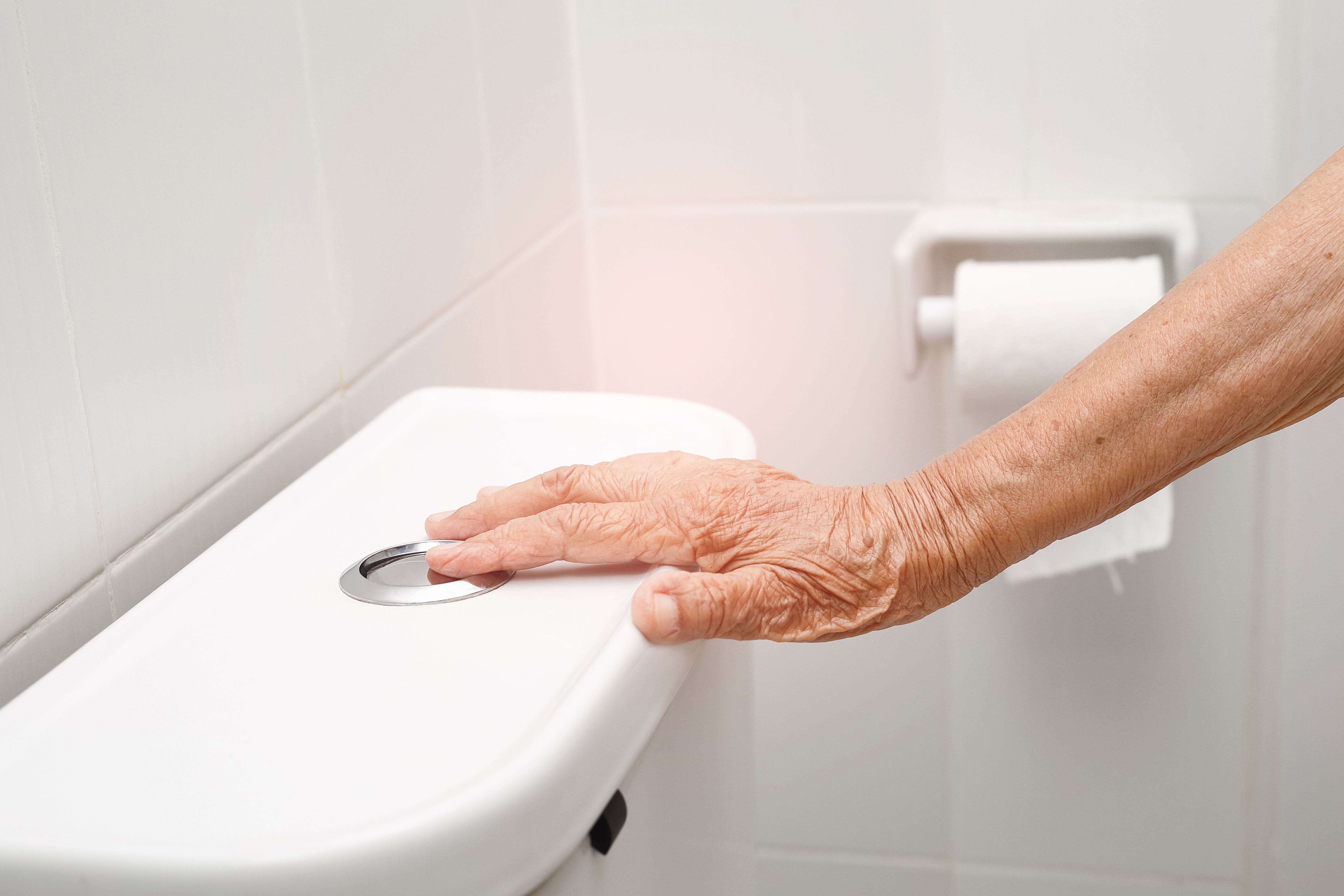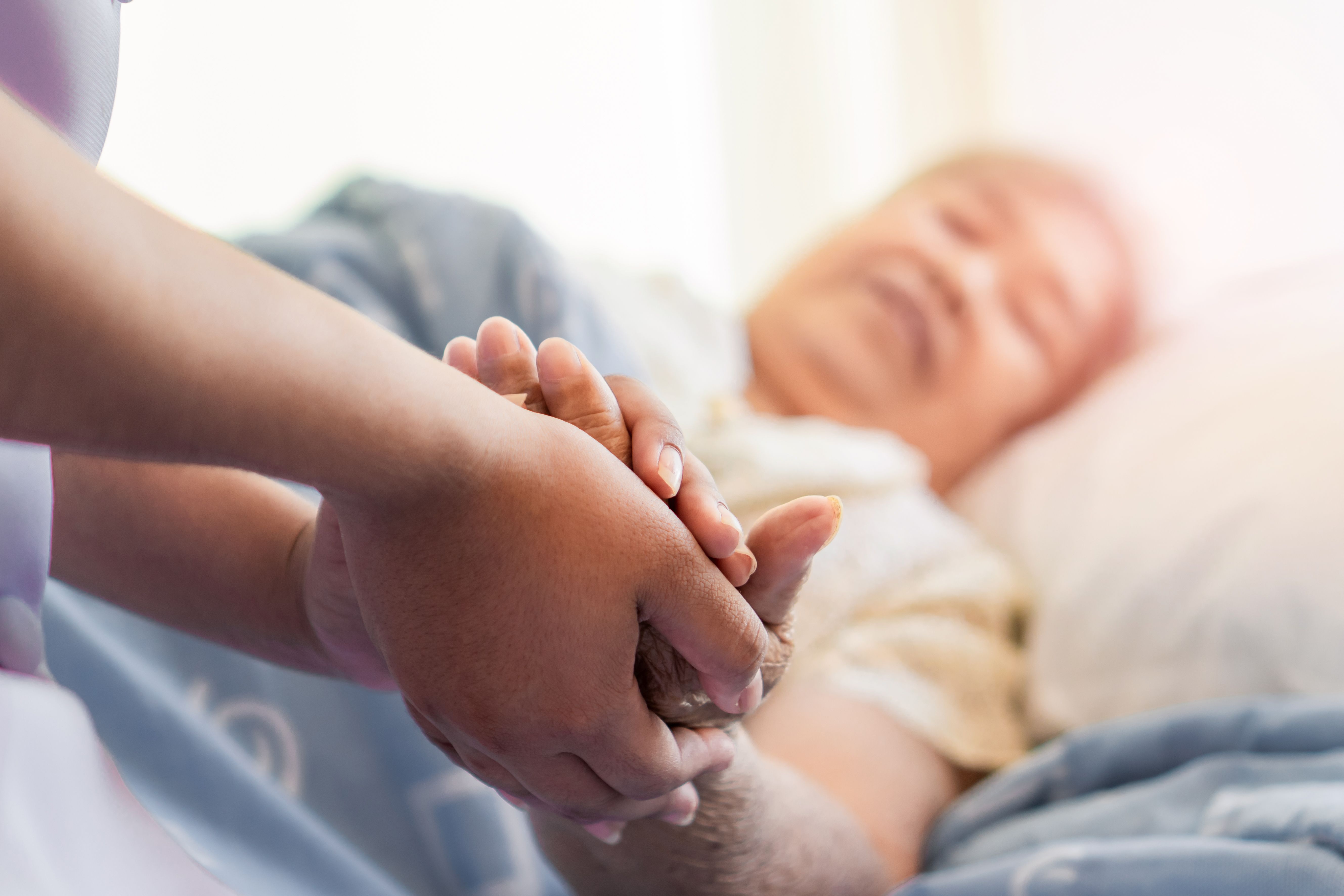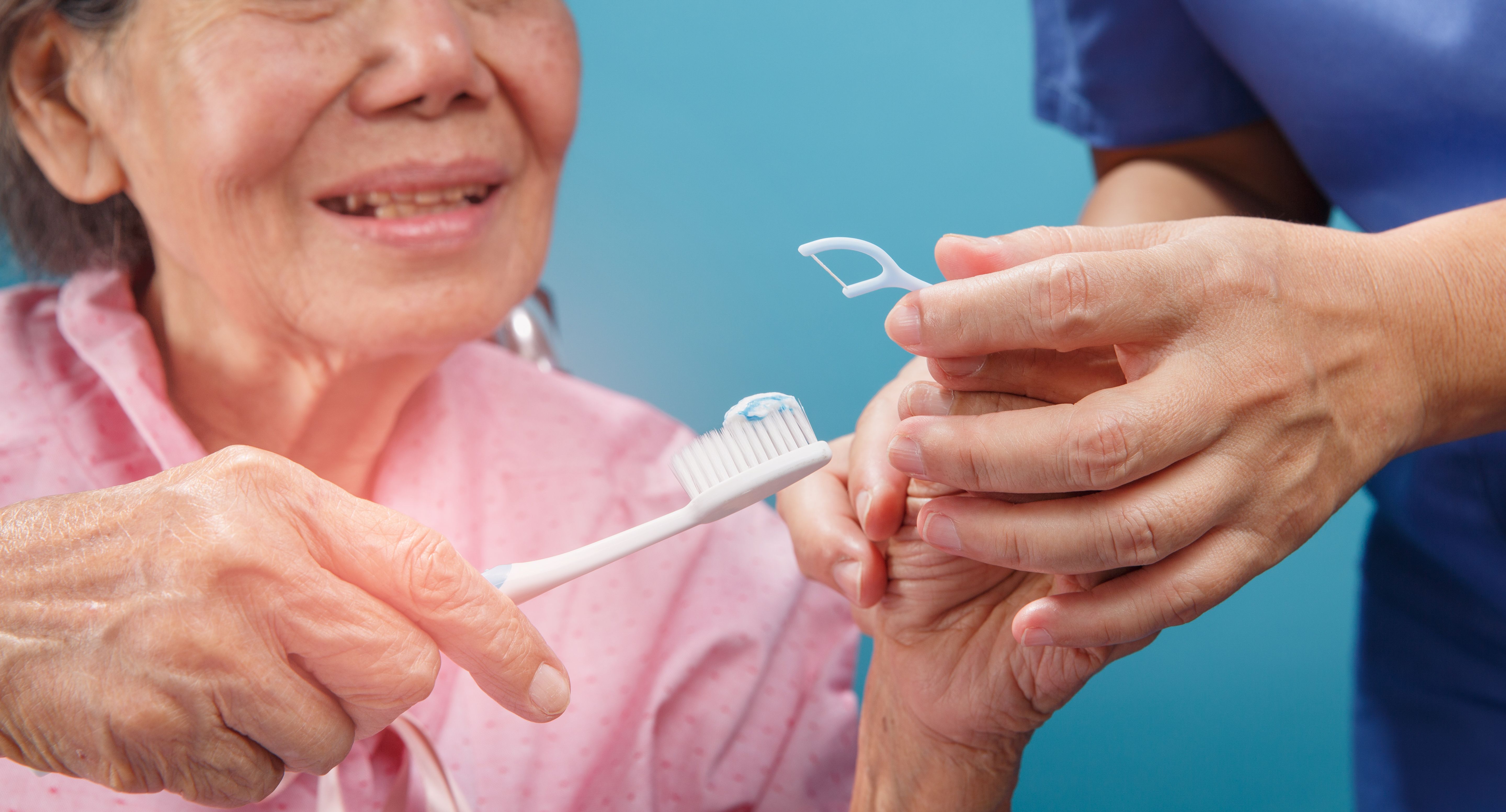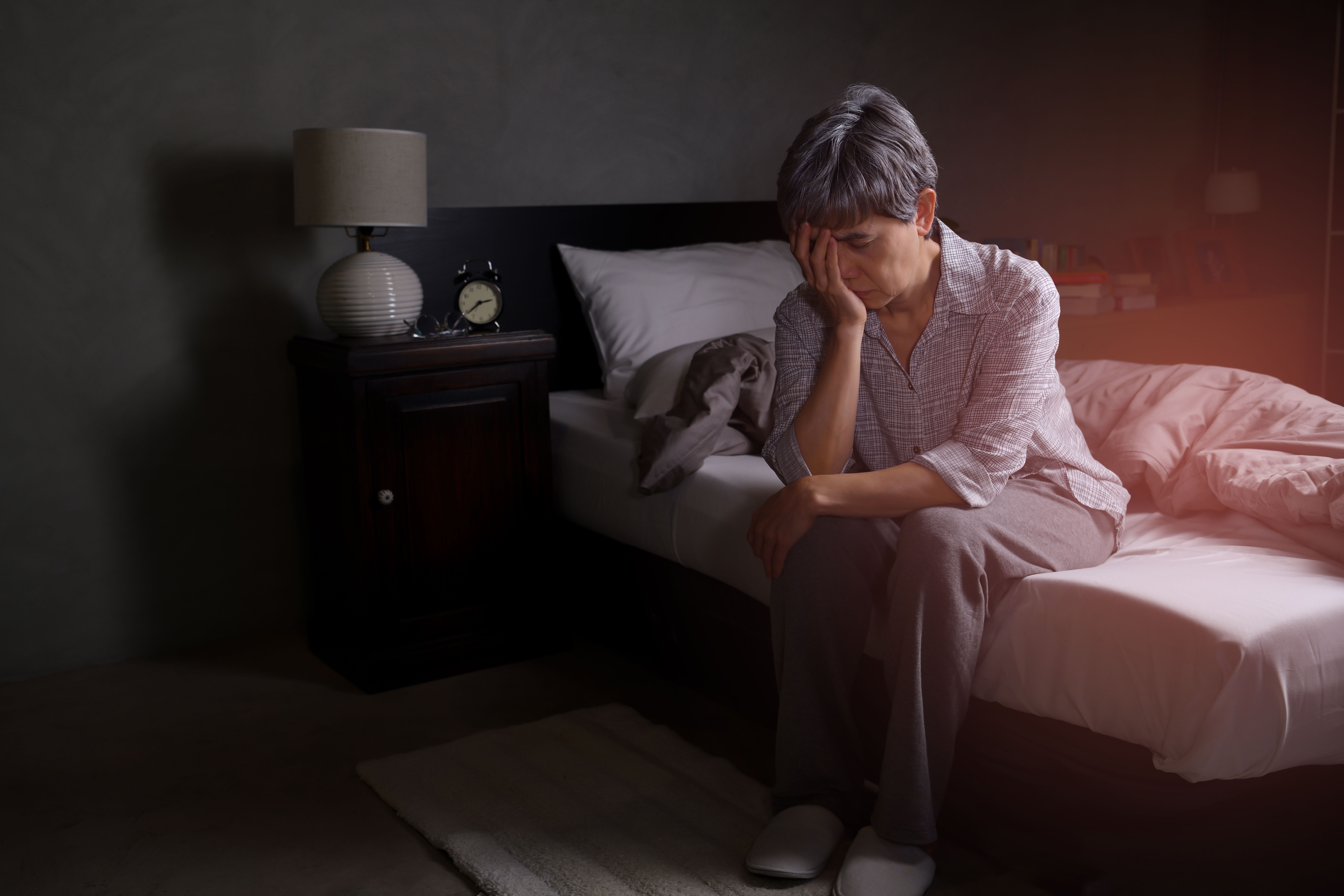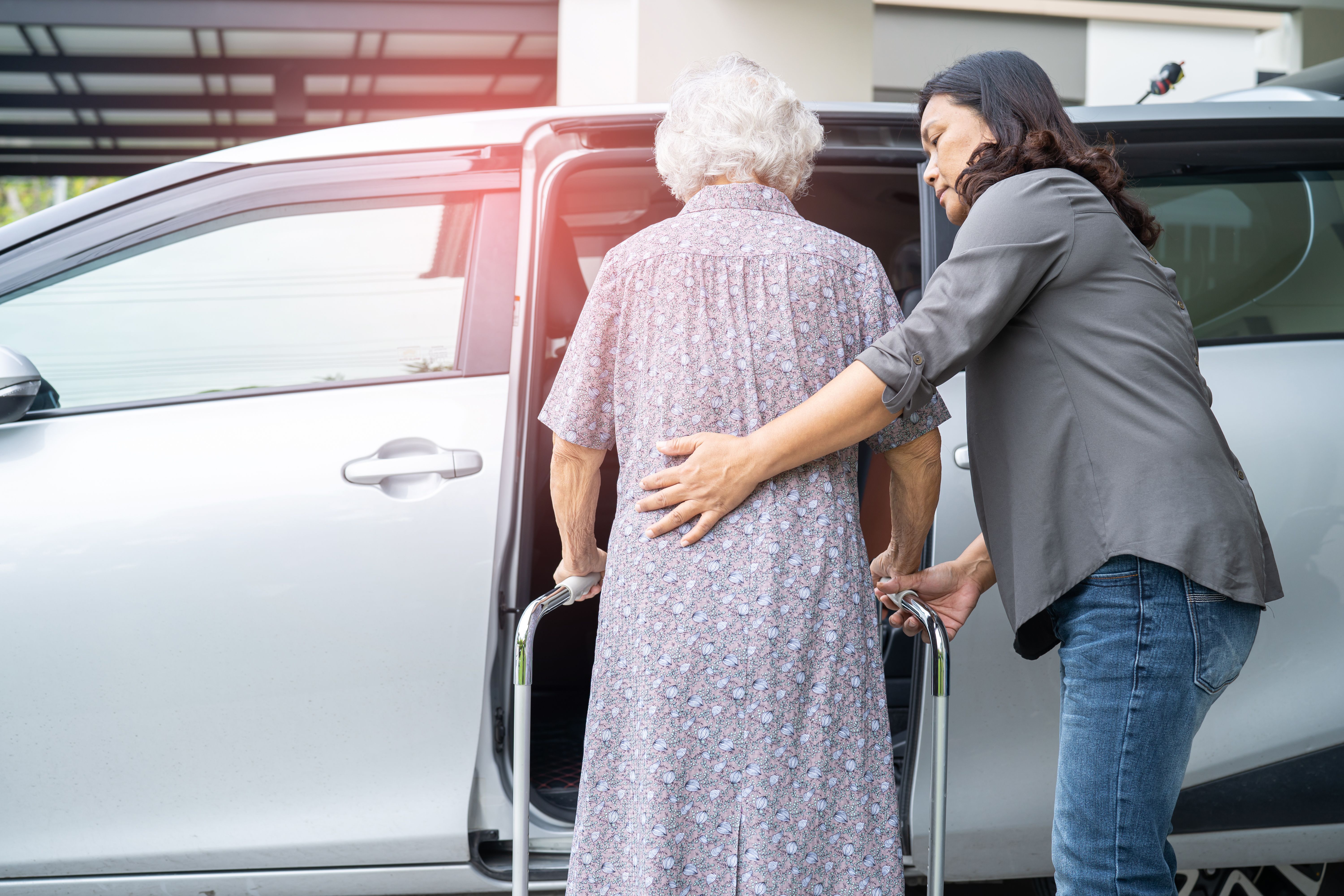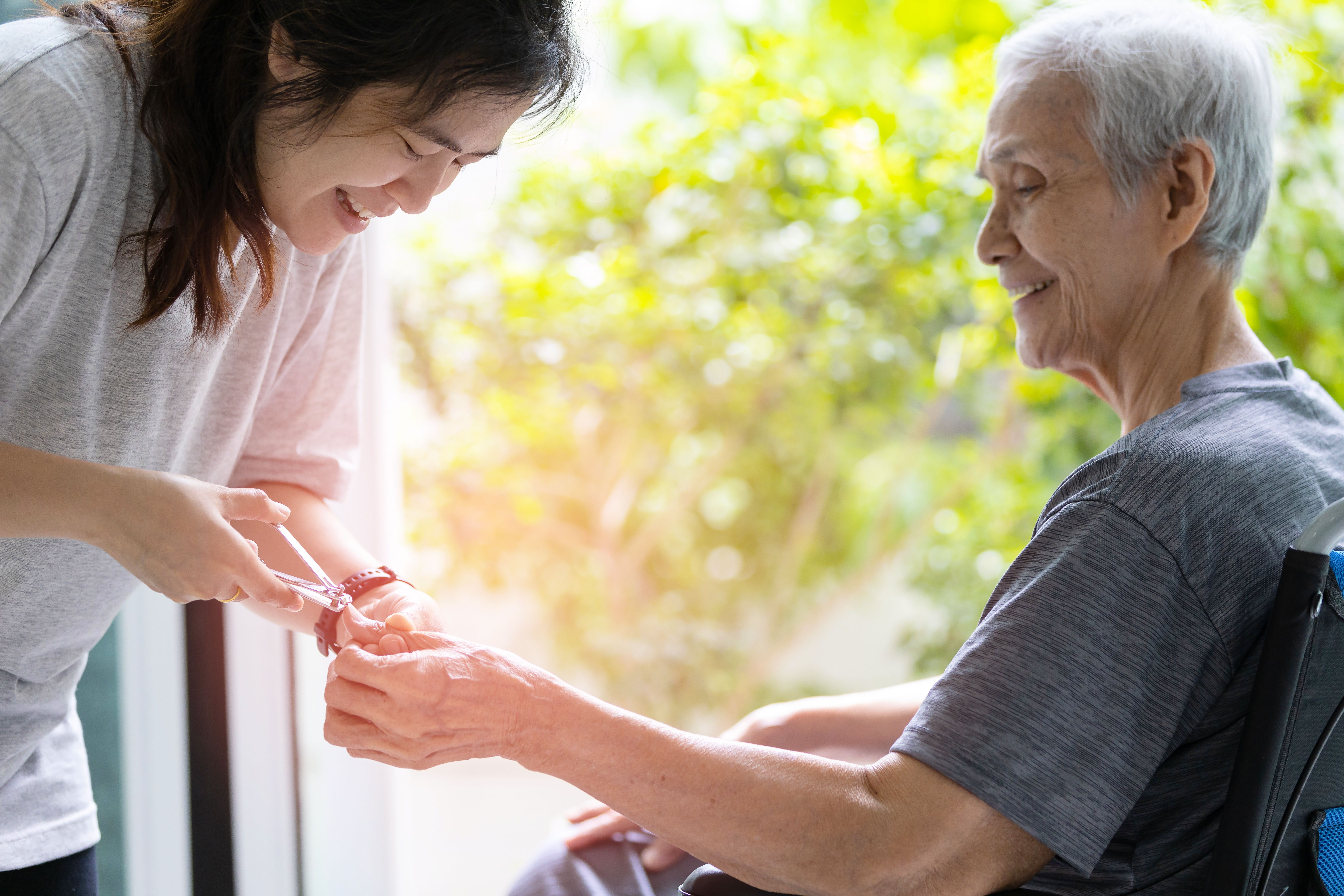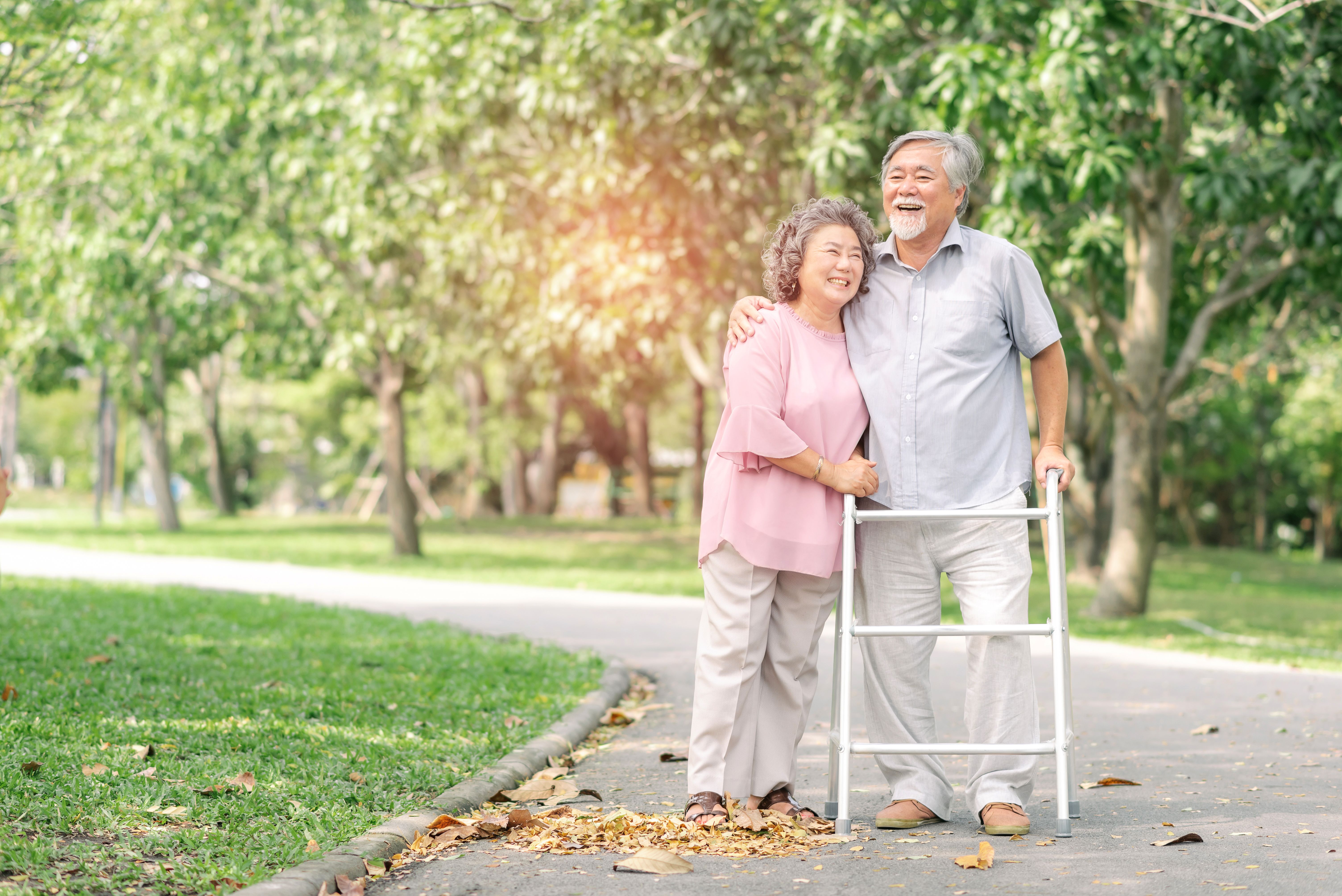Keeping your cool: How to render first aid for heat disorders
- CareBuddy
- 4 Mins Read
- 20 Sep 2022
- First Aid & CPR

To stay healthy, our bodies need to carefully maintain their temperature between 36°C and 38°C. This means that all the heat a care receiver gains during the day from the environment and their daily activities needs to be disposed of.
If a care receiver’s body gains more heat than it loses, this can lead to heat disorders. The most common factors that can contribute to a care receiver experiencing this are:
- Prolonged exposure to hot temperatures
- Insufficient fluid intake
- Chronic illnesses that affect an elderly person’s ability to regulate body temperature
You can help a care receiver prevent heat disorders by
- Ensuring that they take sufficient water (7-8 glasses a day)
- Advise them to wear light-coloured, light-weight and loose-fitting clothing.
- Helping them rest more during hotter parts of the day.
- Ensuring a moderate temperature in their rest area through air-conditioning, fans and ventilation.
There are 3 major types of heat disorders a care receiver could experience. In order of mildest to most severe, they are
- Heat cramps
- Heat exhaustion
- Heat stroke
Let’s look at each of them, what causes them, and how to do first aid for them.
Heat cramps
These are muscle cramps and spasms when a care receiver exerts their muscles (e.g. by walking a long distance on a hot day without drinking enough water. The foot, calf and thigh are typical areas where cramps occur.
First aid for heat cramps:
- Stop all activities and rest in a cool place.
- Drink enough water.
- Gently massage the affected area.
- If the cramp remains just as painful after an hour, consult a doctor.
Heat exhaustion
This is a more severe form of heat injury if it’s a hot day and the care receiver sweats excessively and doesn’t drink enough water. If untreated, it can progress to heat stroke.
Its symptoms include
- Headache
- Severe tiredness and weakness
- Muscle cramps
- Dizziness and weakness
- Nausea and vomiting
- Pale, moist skin
- Rapid breathing
- Temperature 38.5°C to 39°C
First aid for heat exhaustion:
- Help to move the care receiver to a cool place and lay the care receiver down.
- Remove clothing if possible.
- Monitor the level of consciousness regularly.
- Give frequent small sips of water to hydrate the care receiver.
- Even if the care receiver recovers quickly, ensure that he/she consults a doctor.
Heat stroke
This is the most severe form of heat injury when the care receiver’s body temperature rises while the sweating mechanism fails due to prolonged heat exposure and insufficient water intake and the body is unable to cool down. Body temperature may reach above 40°C. Heat stroke is a life-threatening emergency that requires immediate medical attention.
Its signs and symptoms include
- Throbbing headache
- Dizziness
- Hot, flushed and dry skin
- Rapid breathing
- Mental confusion
- Agitation
- May lead to unconsciousness
First aid for heat stroke:
- Call 995 immediately for emergency medical service.
- If care receiver is unconscious, monitor ABC (Airway-Breathing-Circulation) and perform Cardio Pulmonary Resuscitation (CPR) if care receiver is unresponsive and not breathing. Find out more about CPR at [Link to our CPR article]
- If care receiver is breathing normally on his/her own, keep the airway clear by placing in the recovery position. If spinal injury is suspected, do not turn or move the care receiver.
- This involves the following steps:
- Kneel on one side of the person.
- Place the person’s arm that’s nearest to you at a right angle to their body.
- Pick up the other arm and bring it to this side.
- Pull up the knee that’s further away from you.
- Gently pull the knee near you so that the person rolls over onto their side, facing you.
- Move this leg in front of their body so that it rests on the floor and provides balance to the body.
- Raise their chin to tilt their head back slightly so that their airway stays open and they can continue to breathe.
- Reduce body temperature urgently:
- Move care receiver quickly to a cool place and lay him/her down.
- Remove clothing if possible.
- Cool them rapidly by sponging with cold water and fanning them constantly.
- Slow down the cooling measures when the care receiver starts shivering.
- Care receiver may not be fully conscious, so do not feed them anything.
- Monitor the level of consciousness regularly.
Article reviewed by David Tay, Senior Principal Educator (Nursing and Prehospital Care), HMI Institute.
